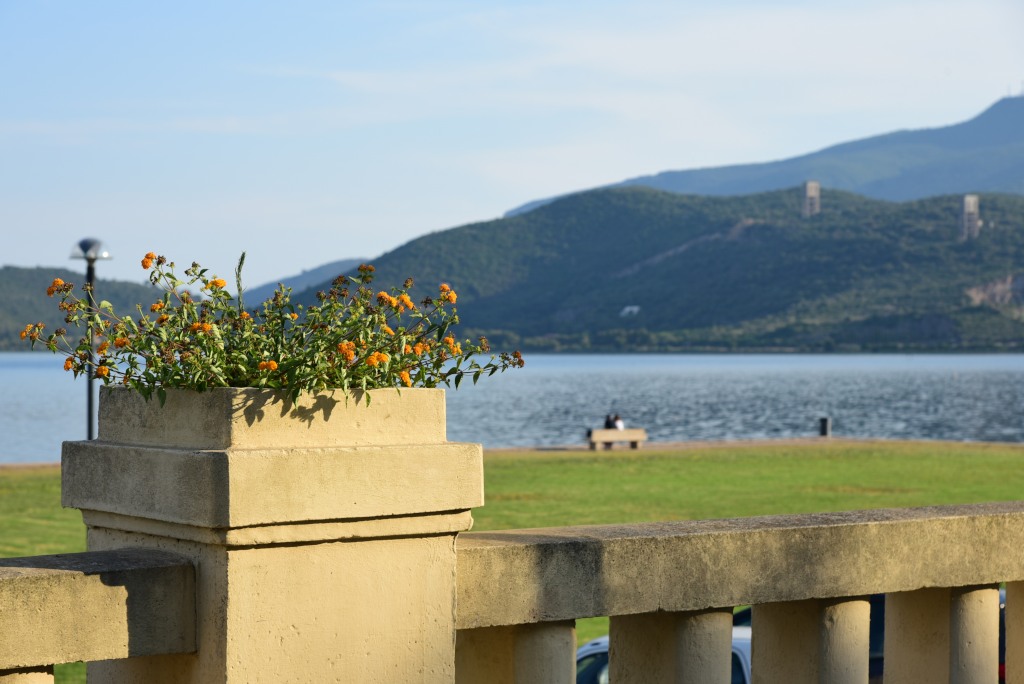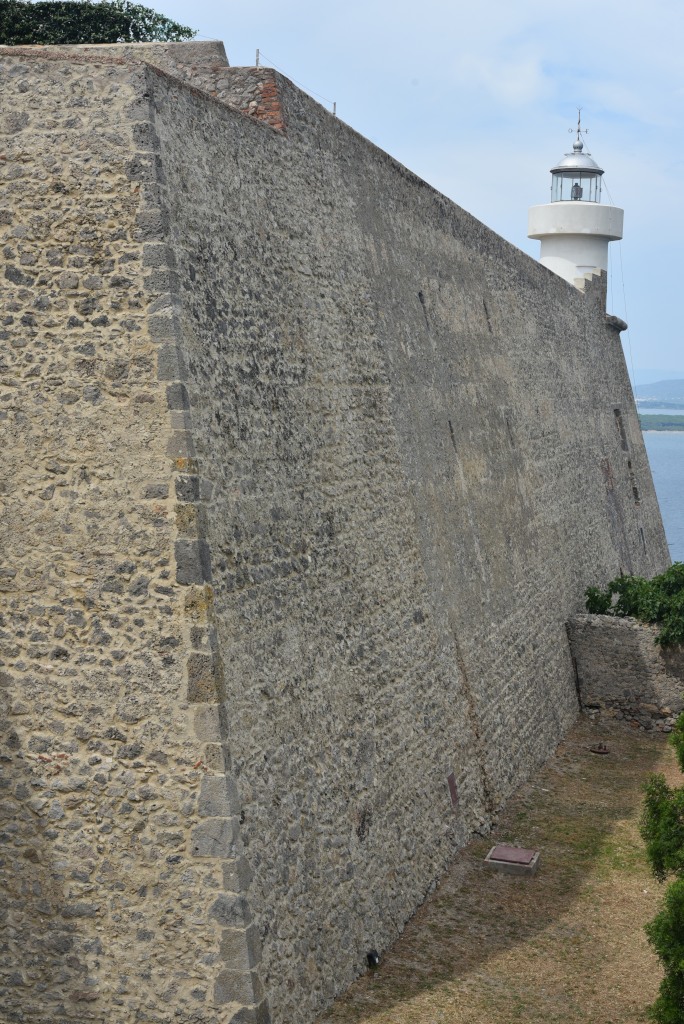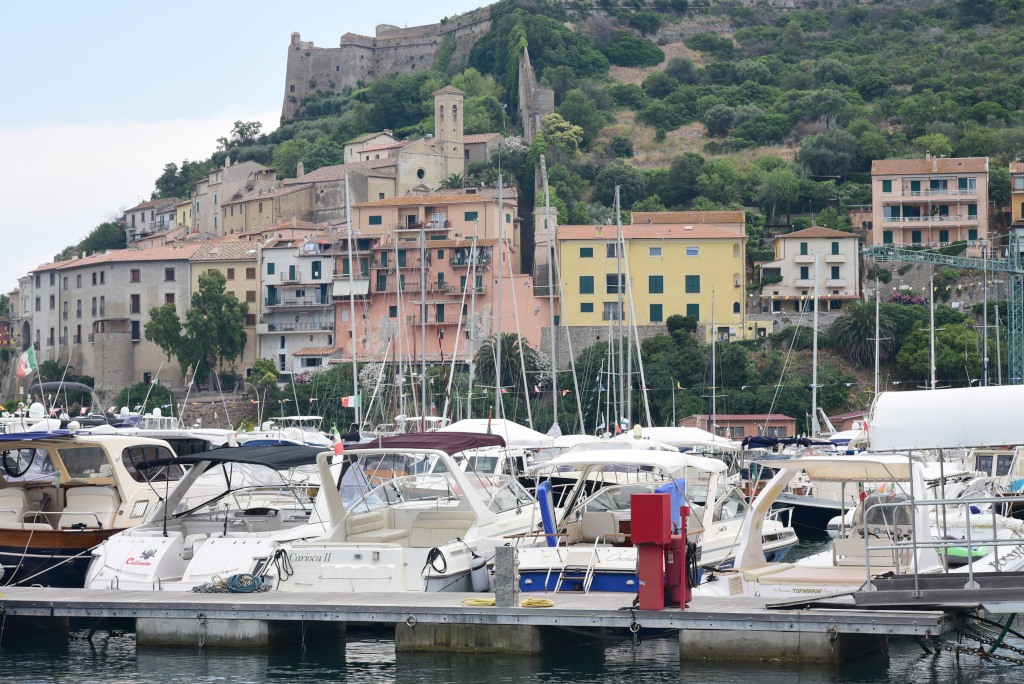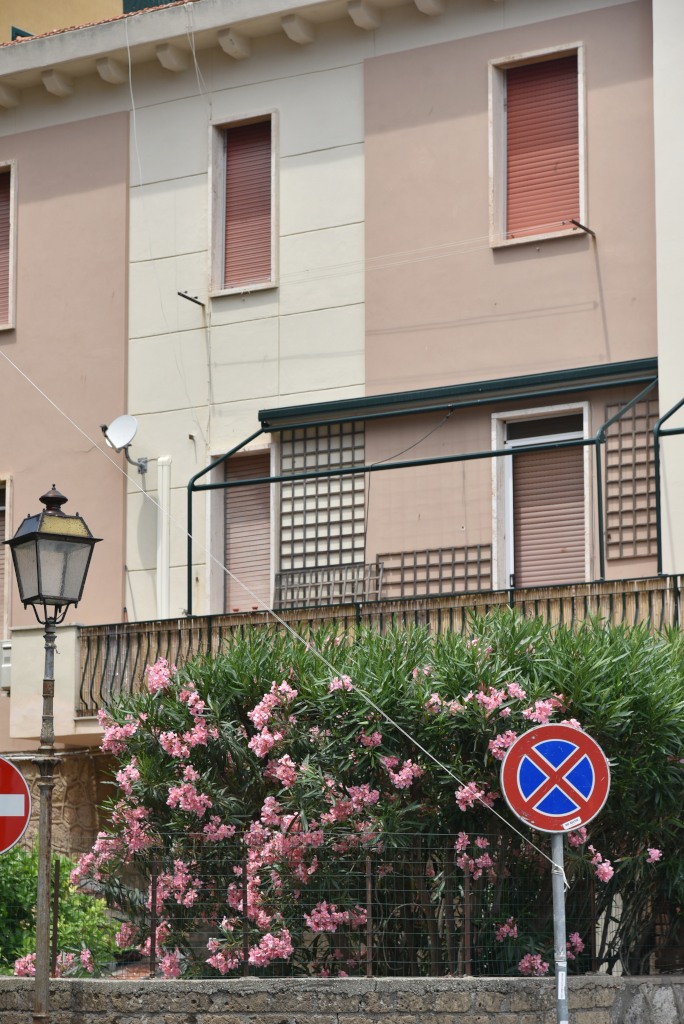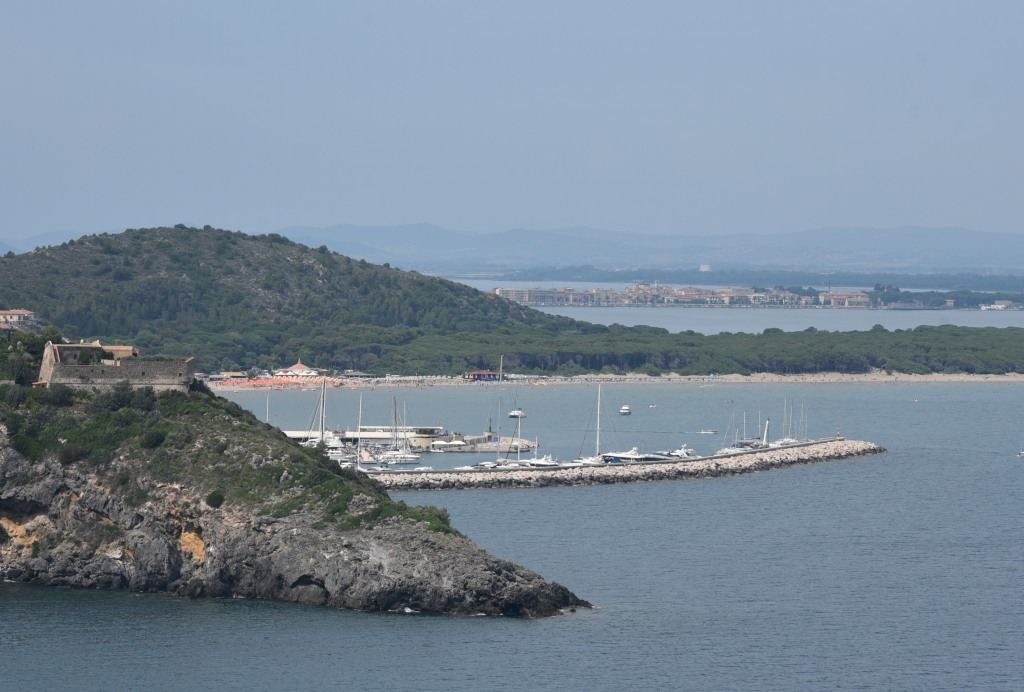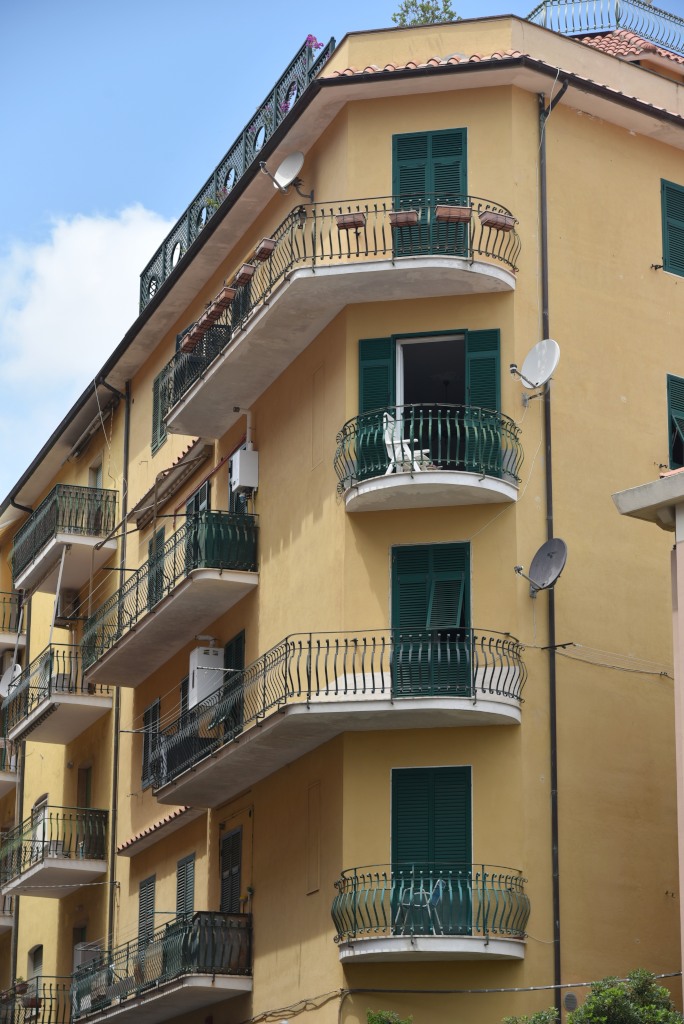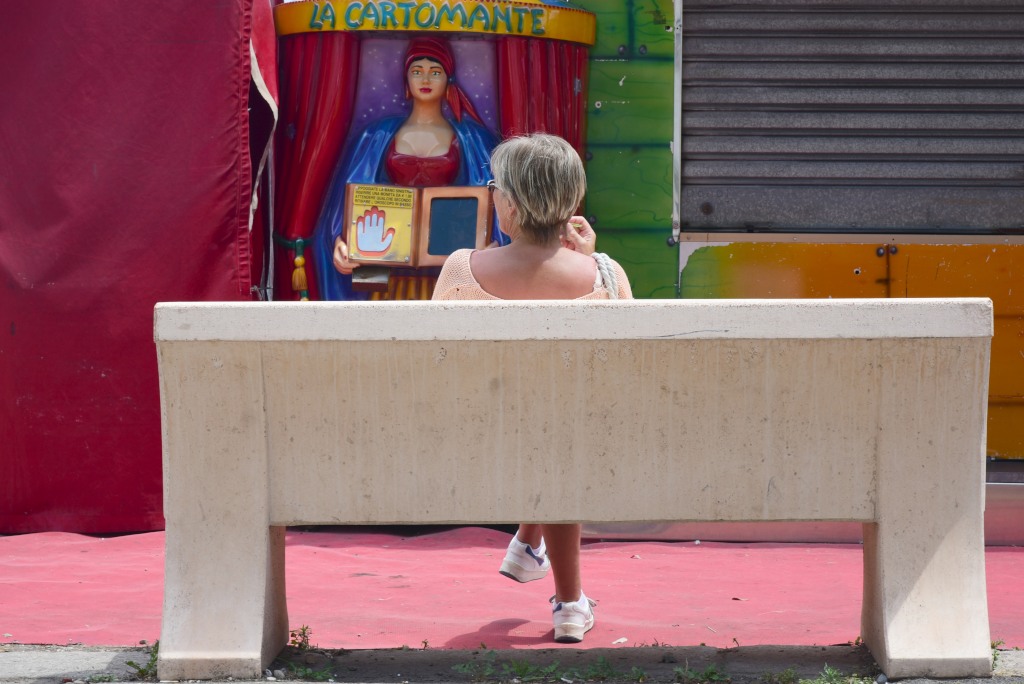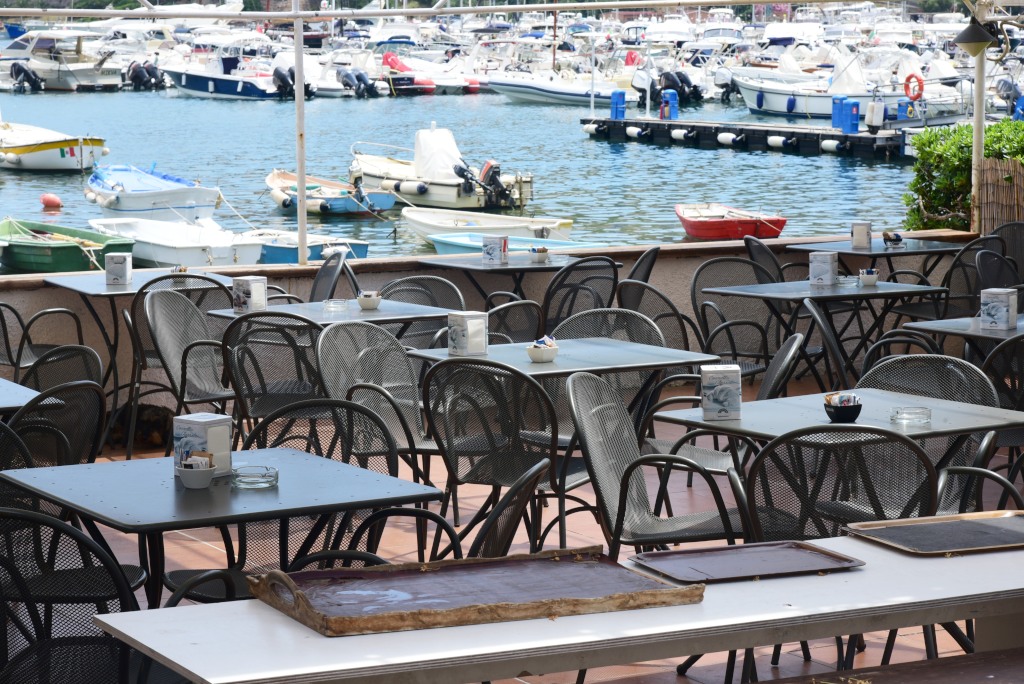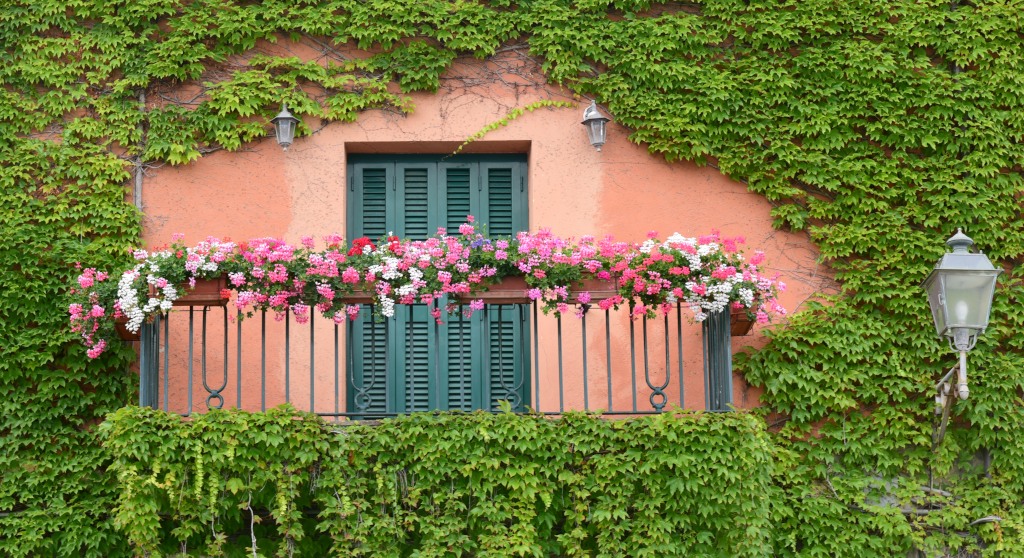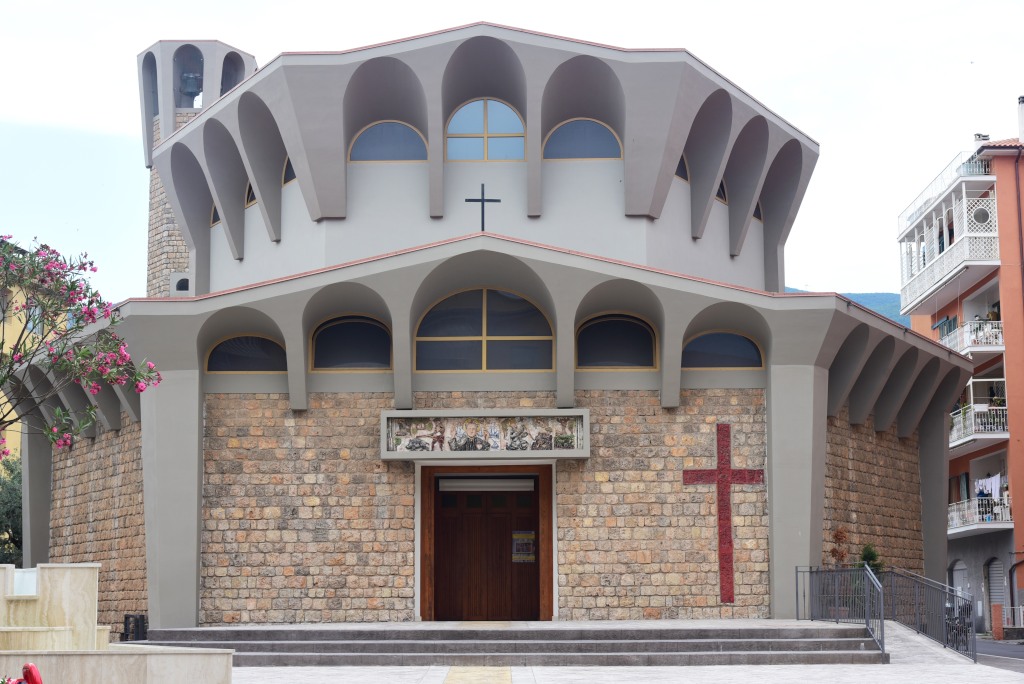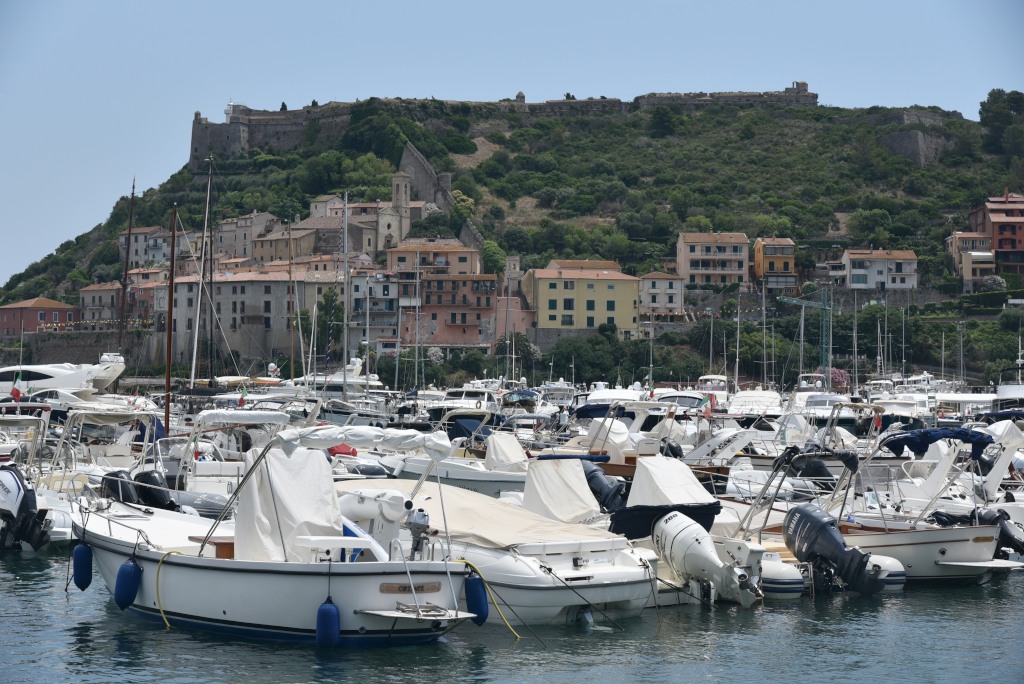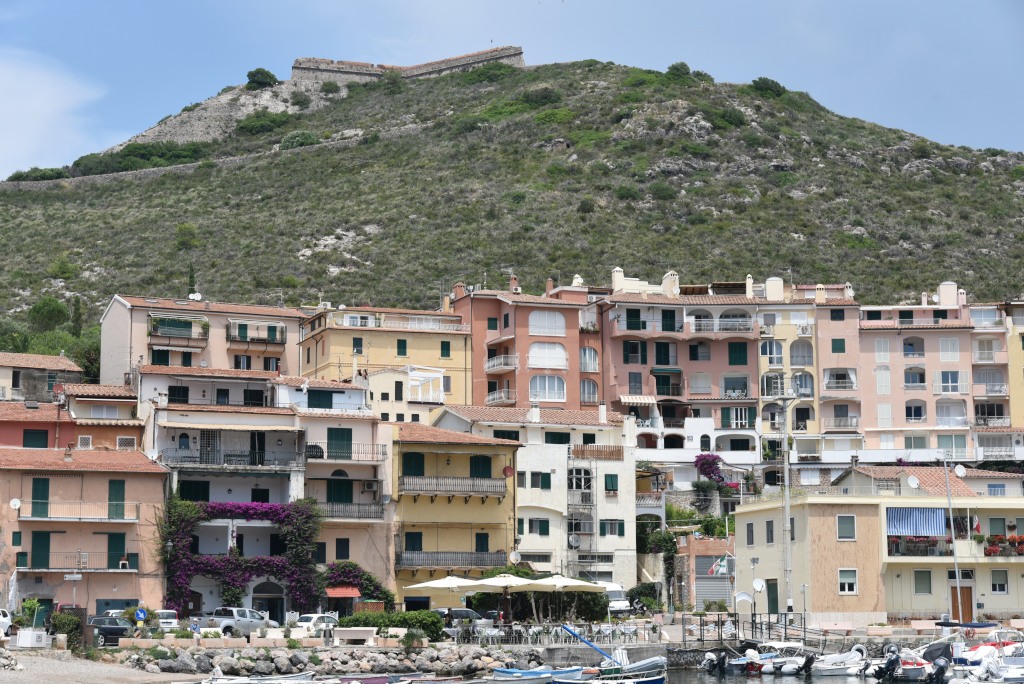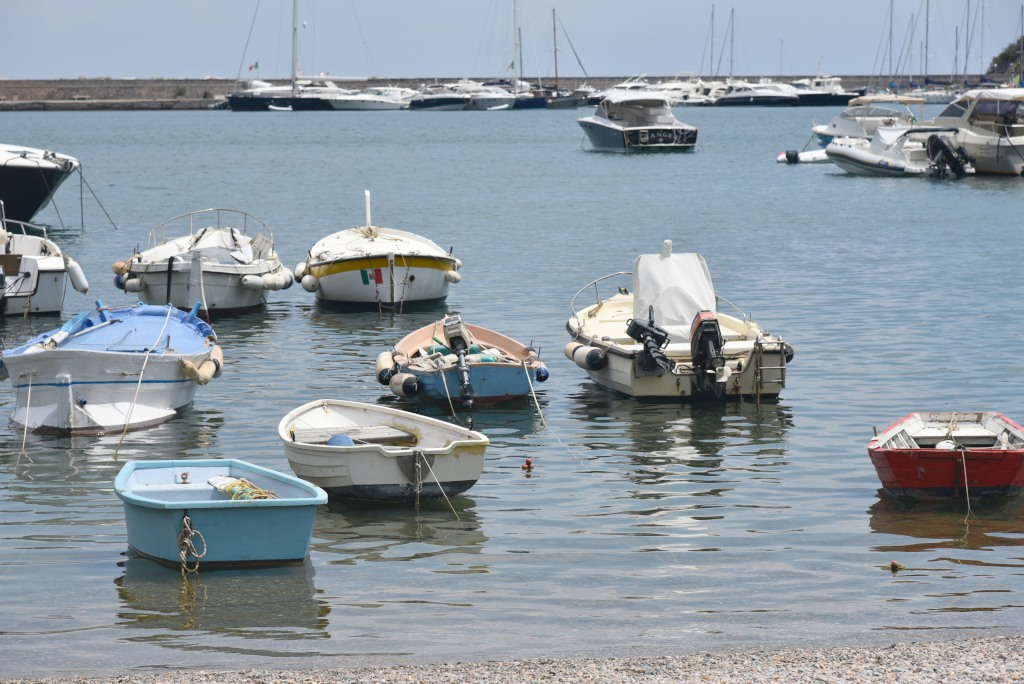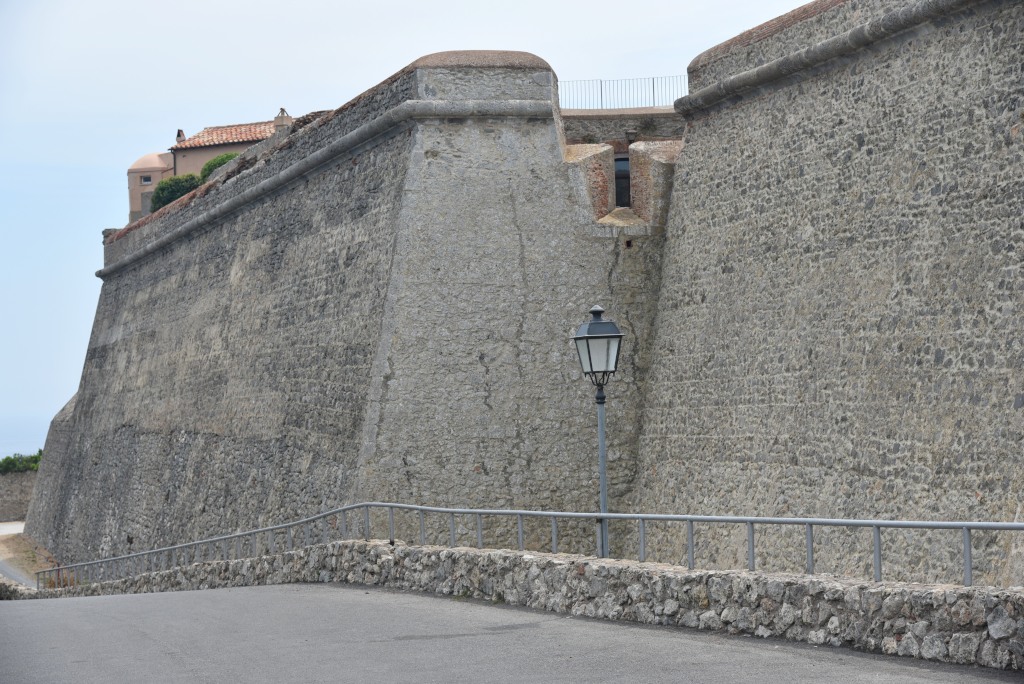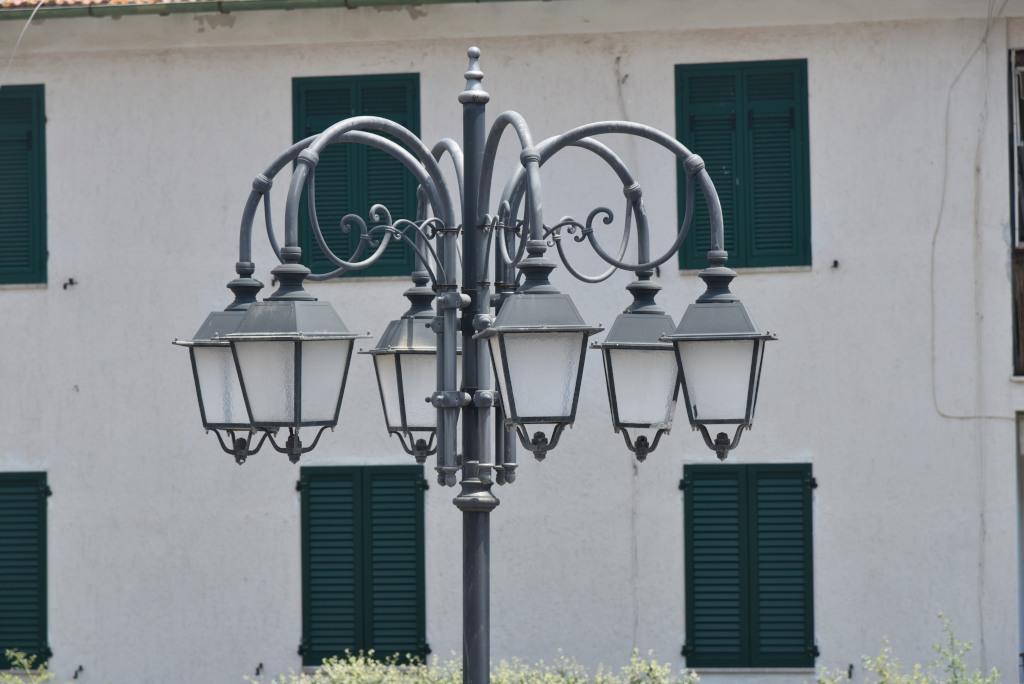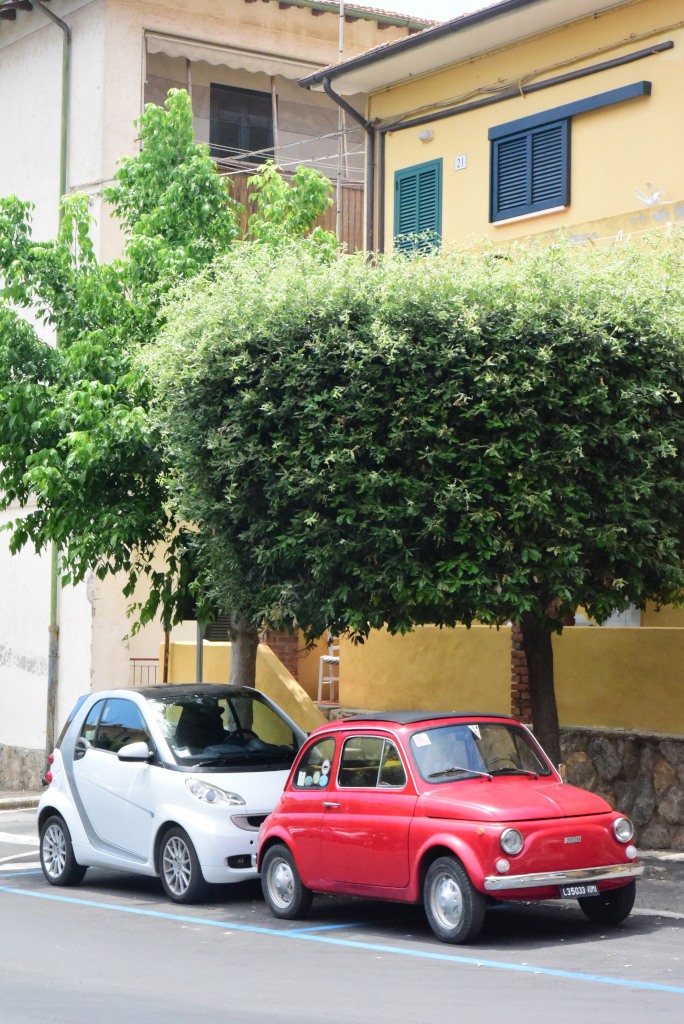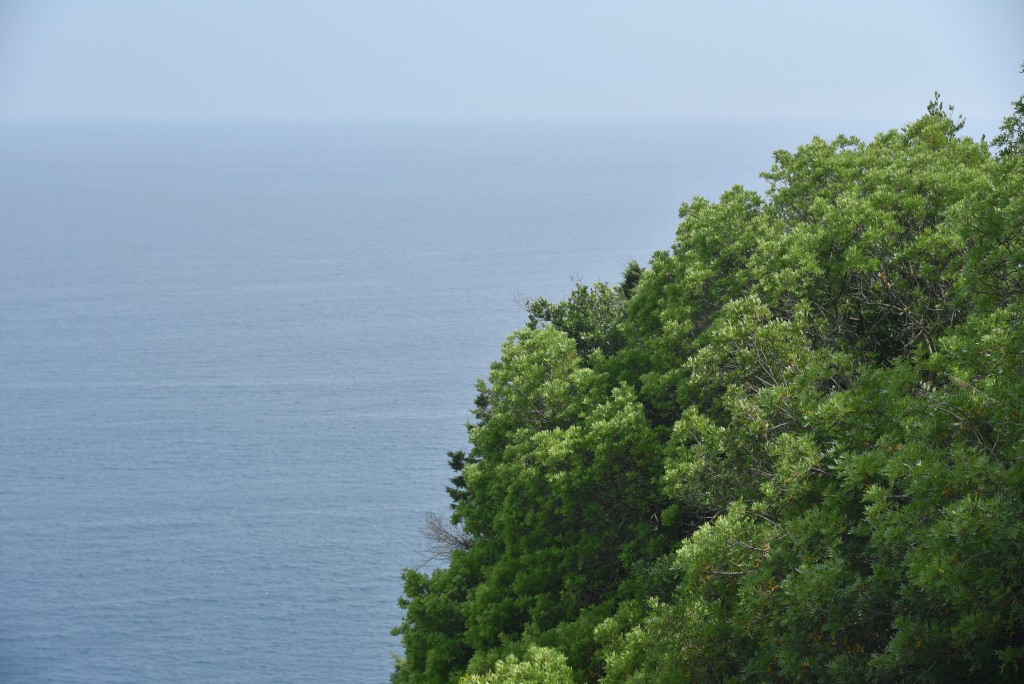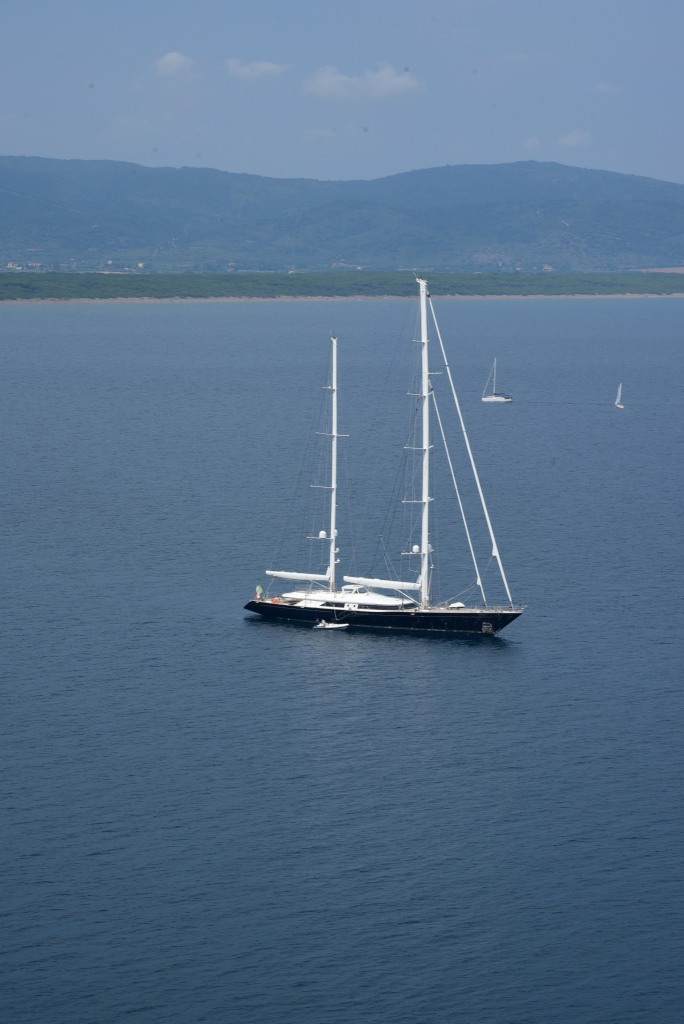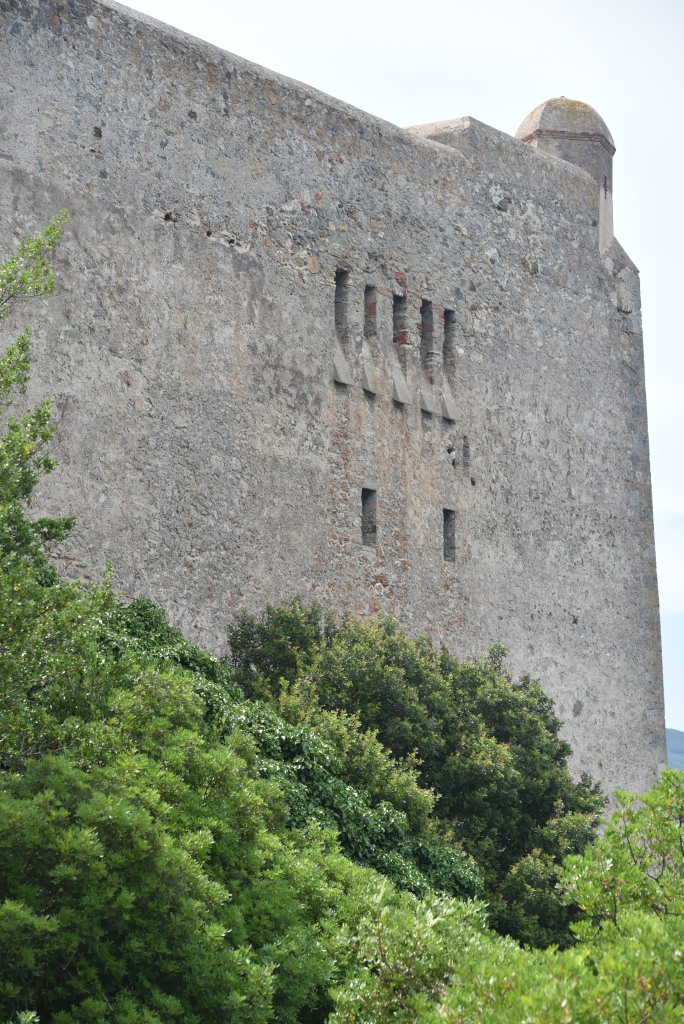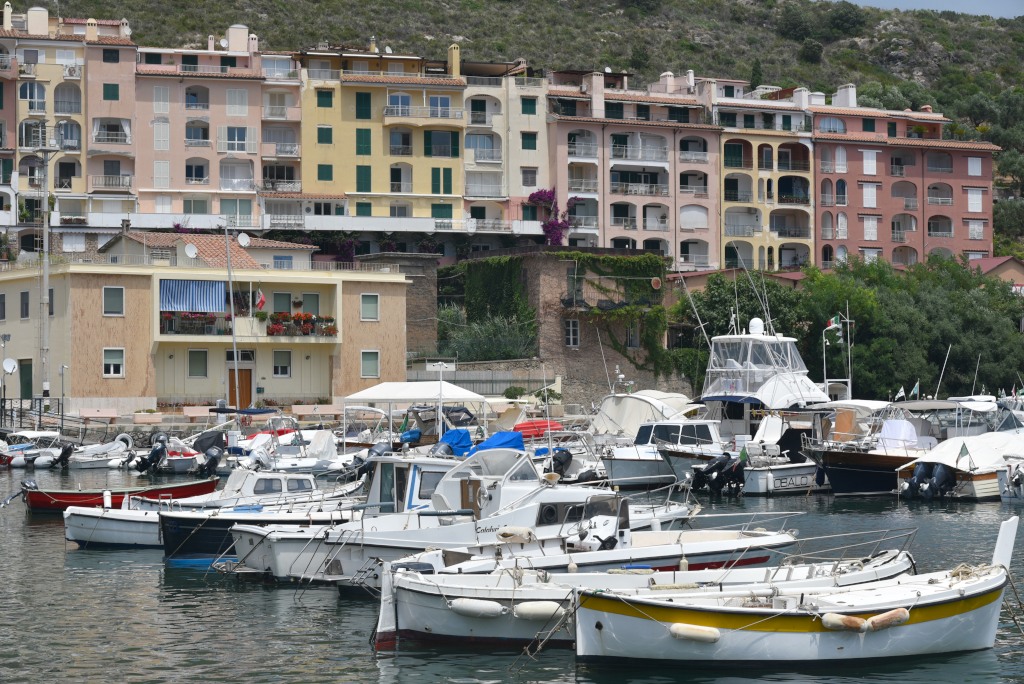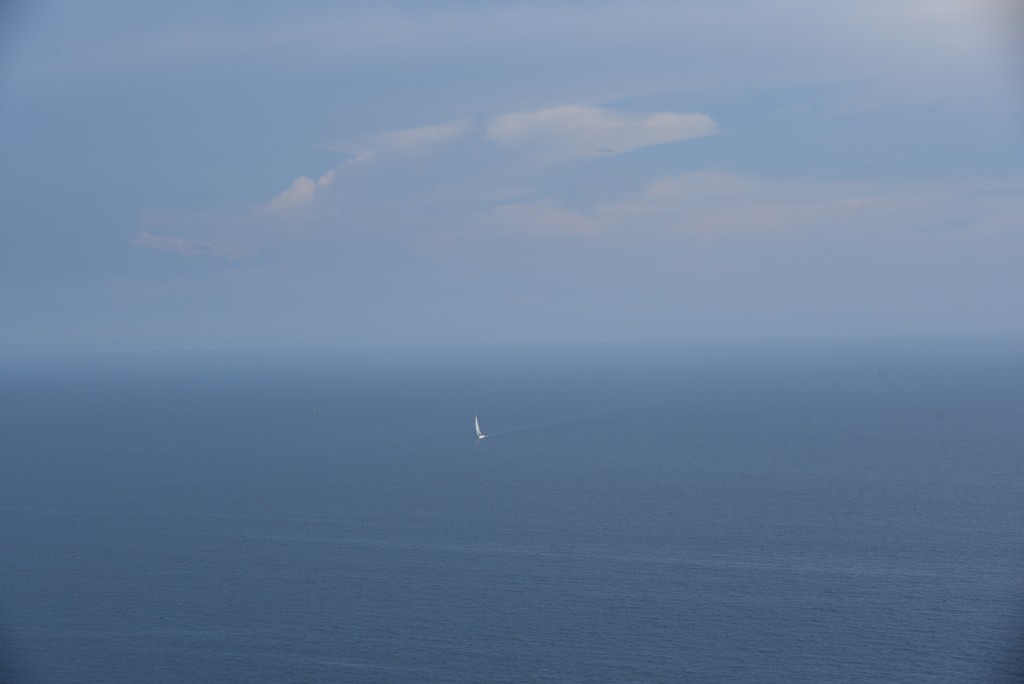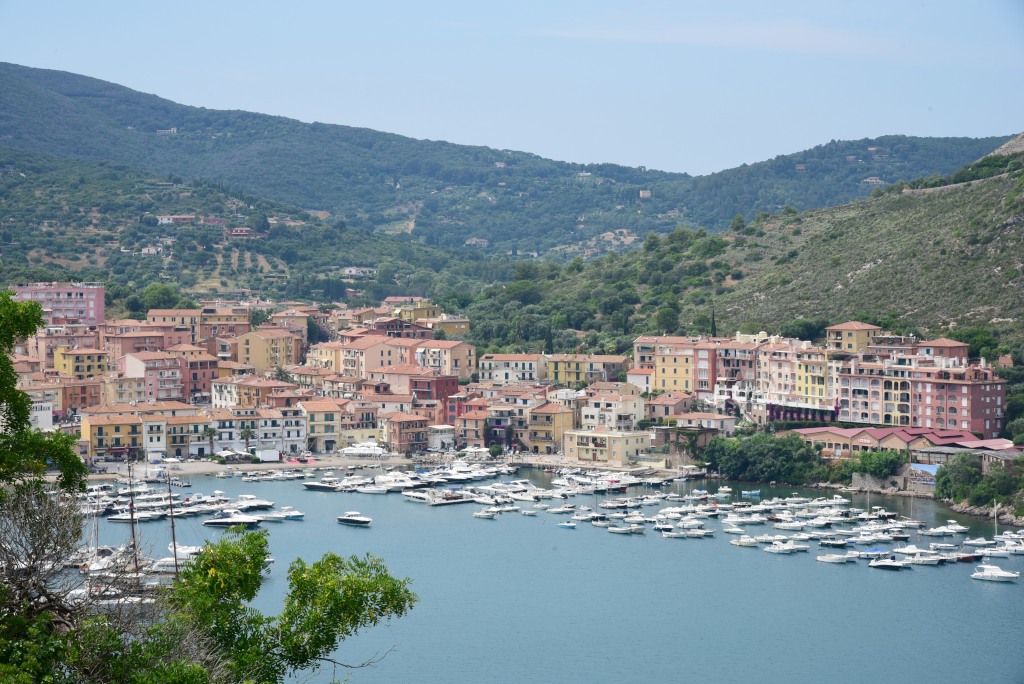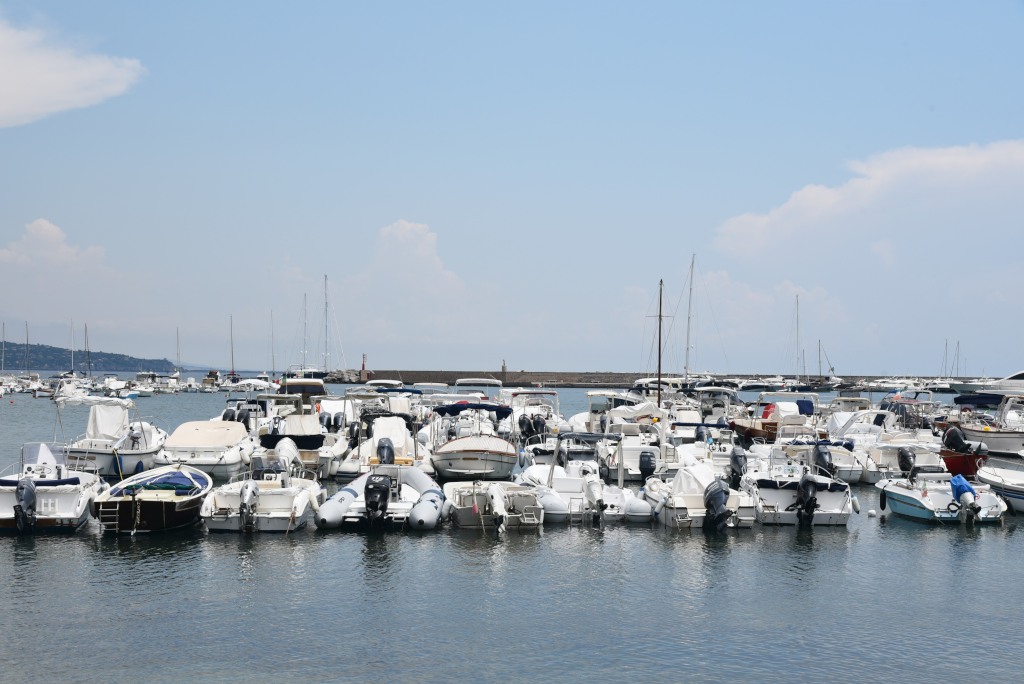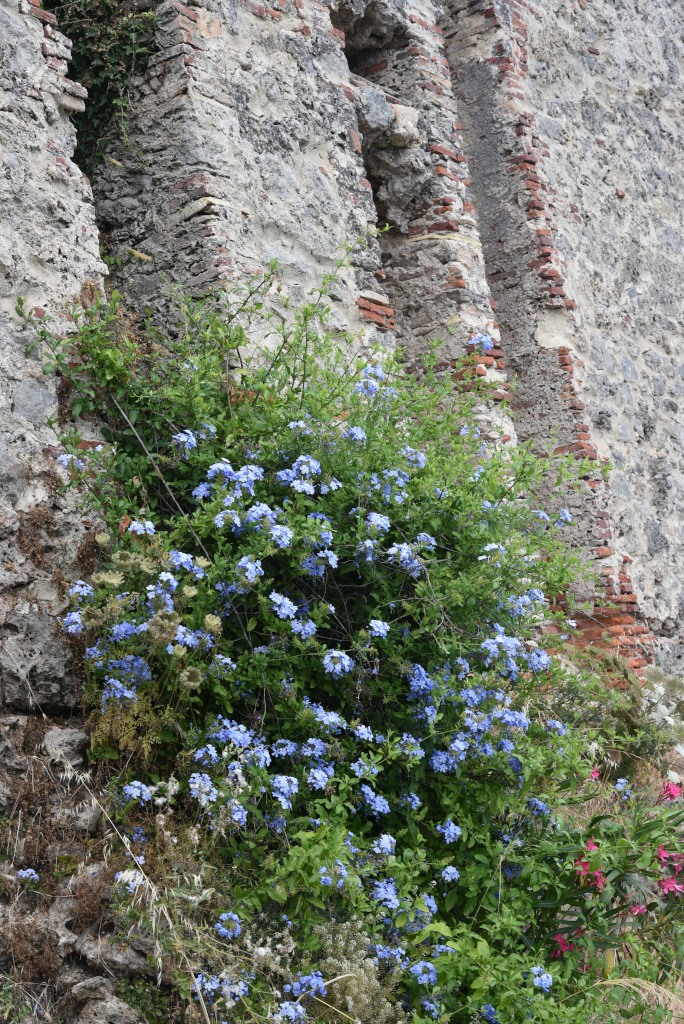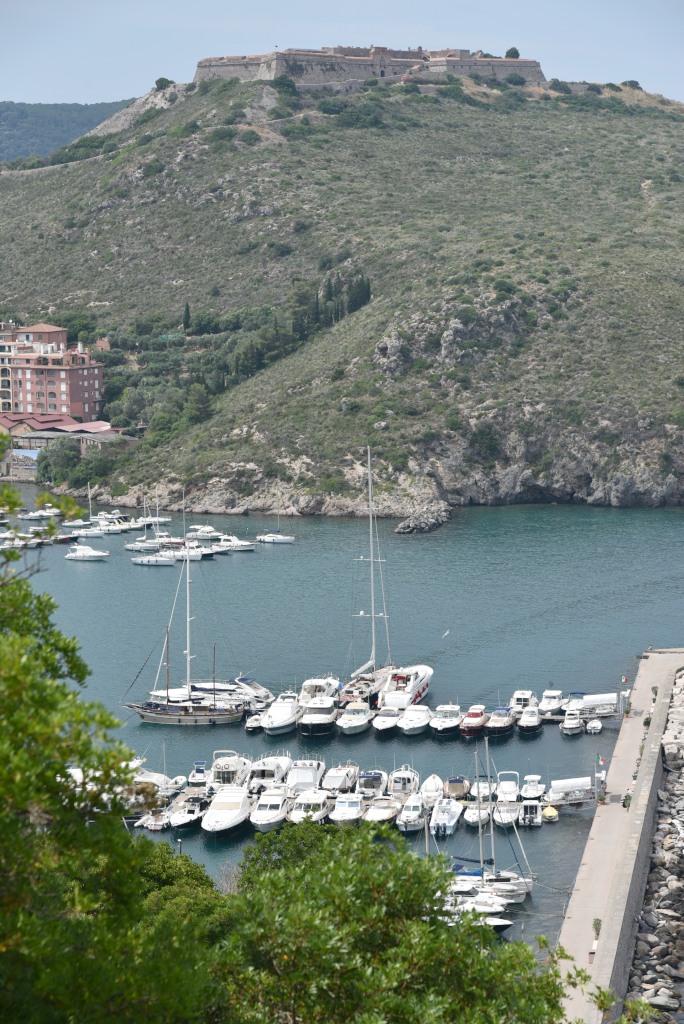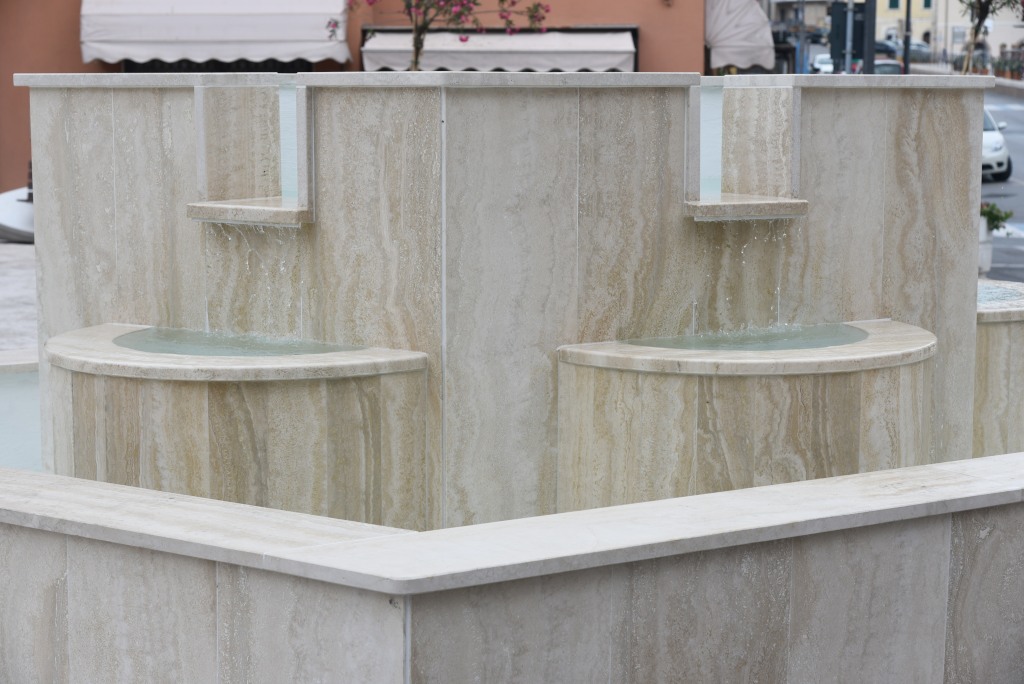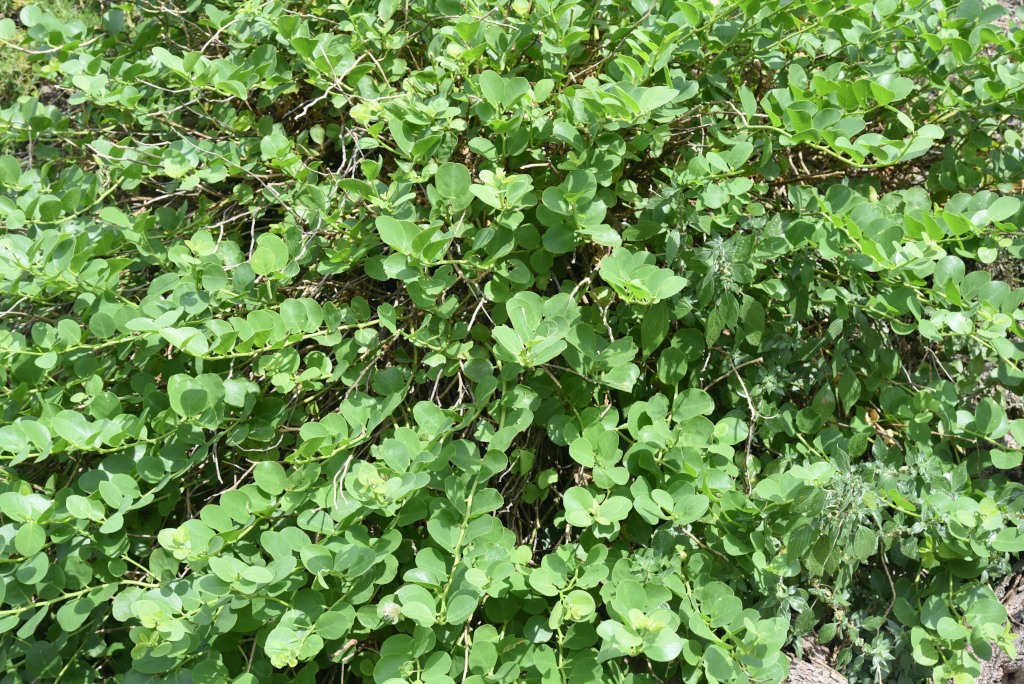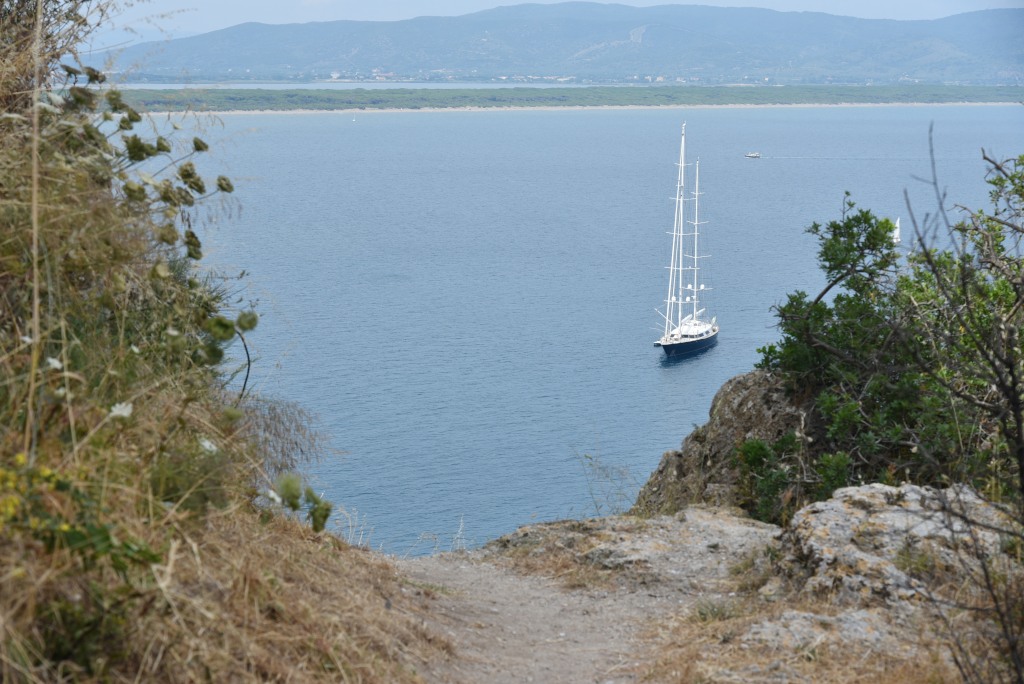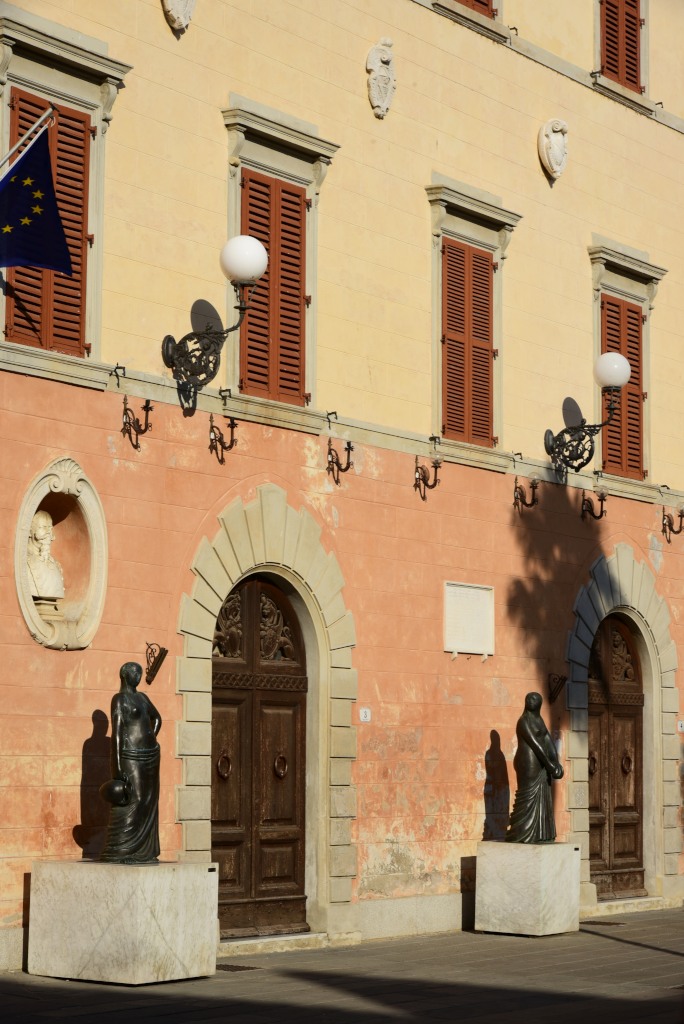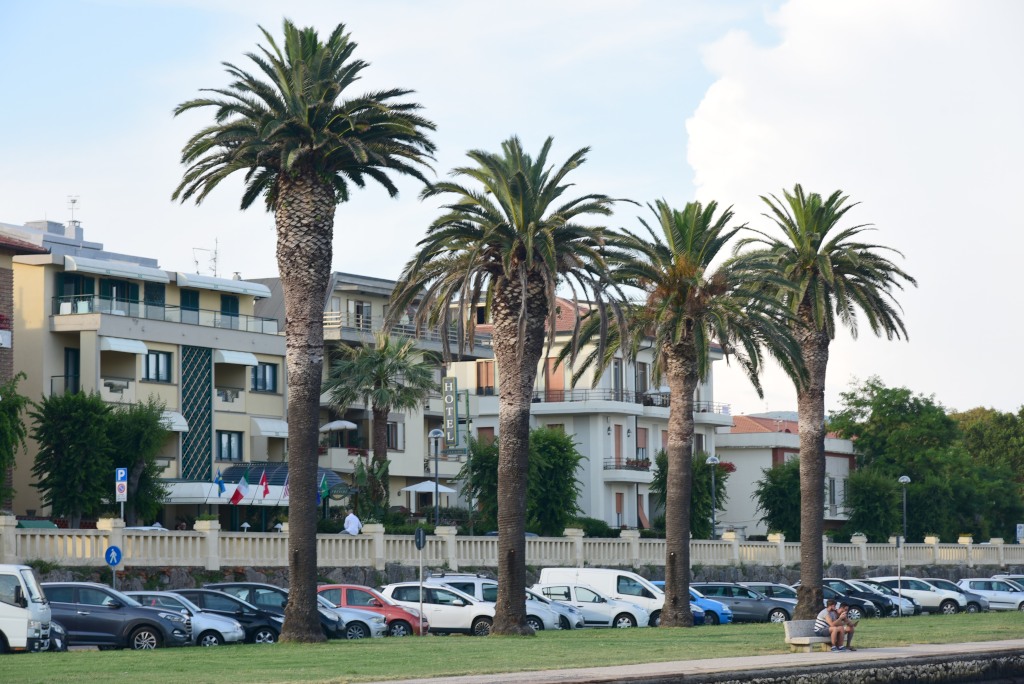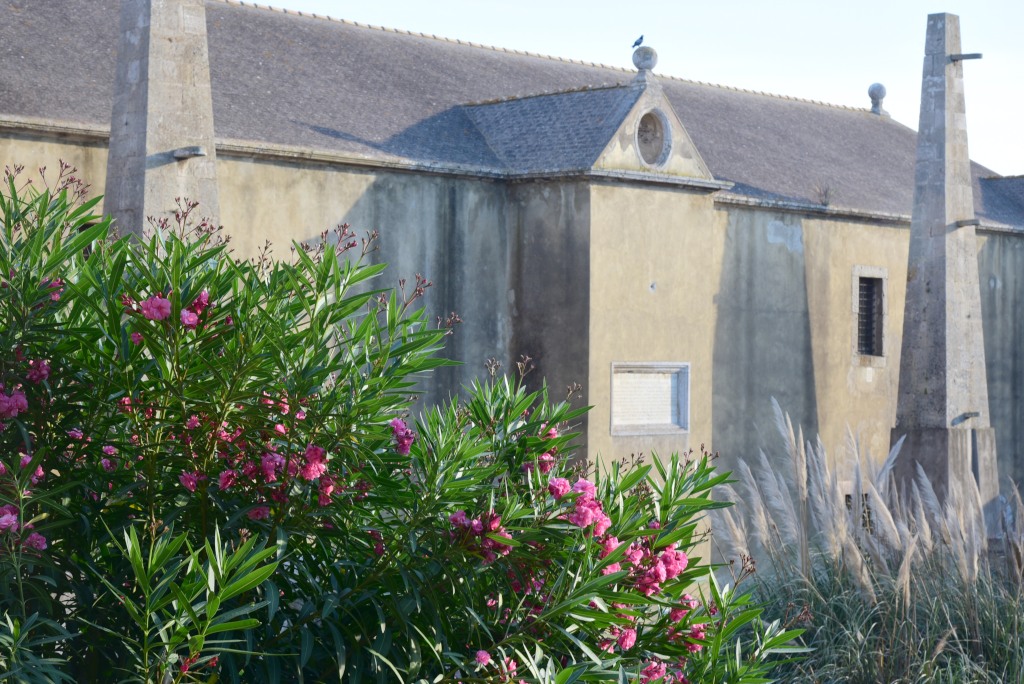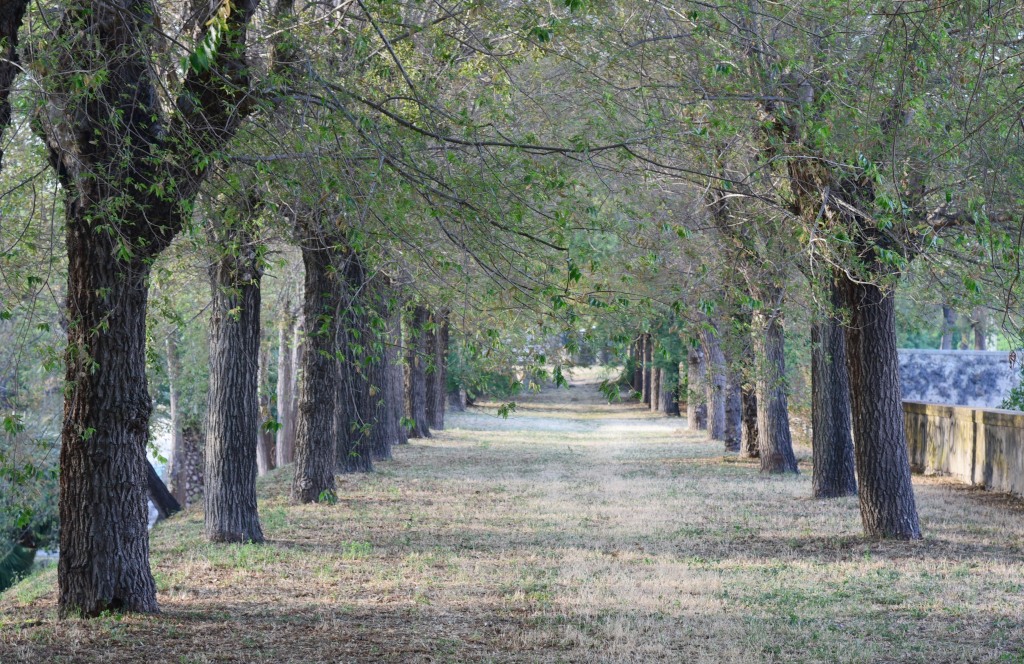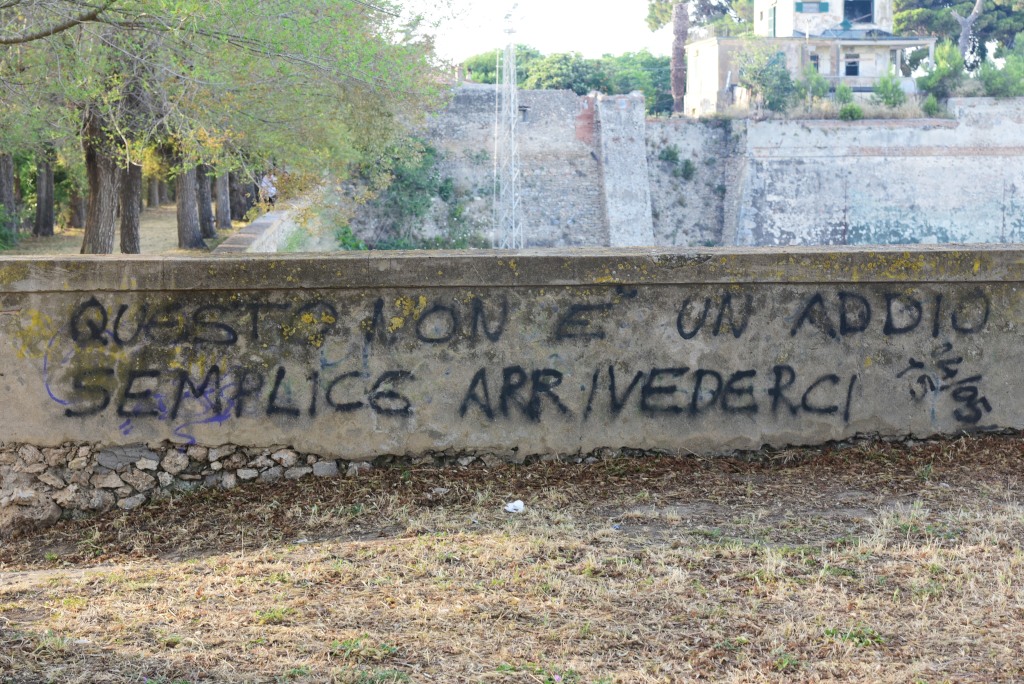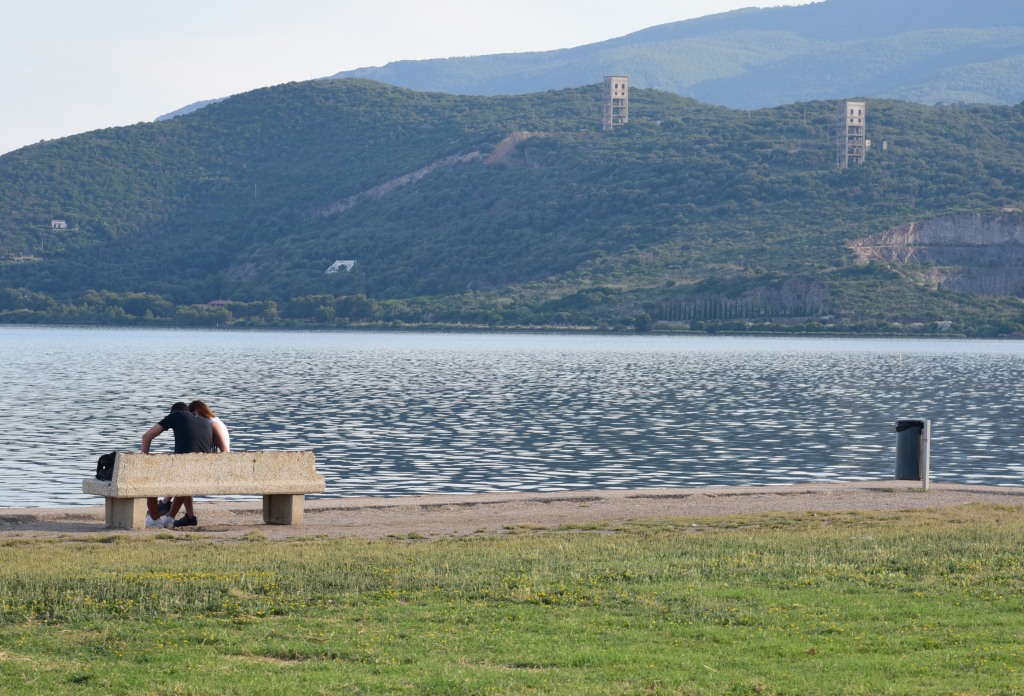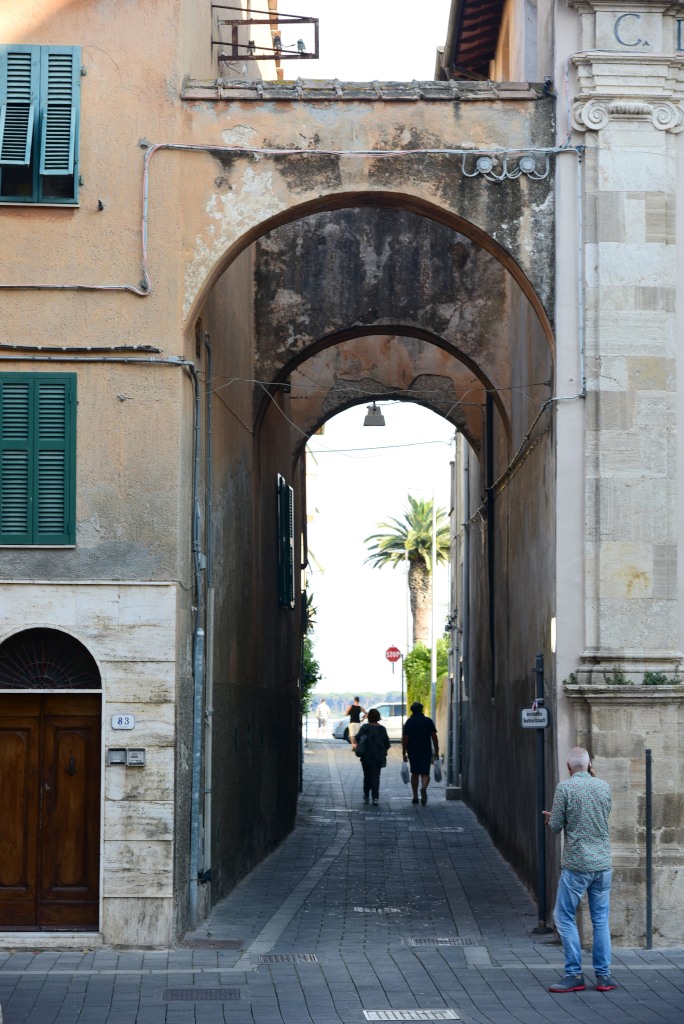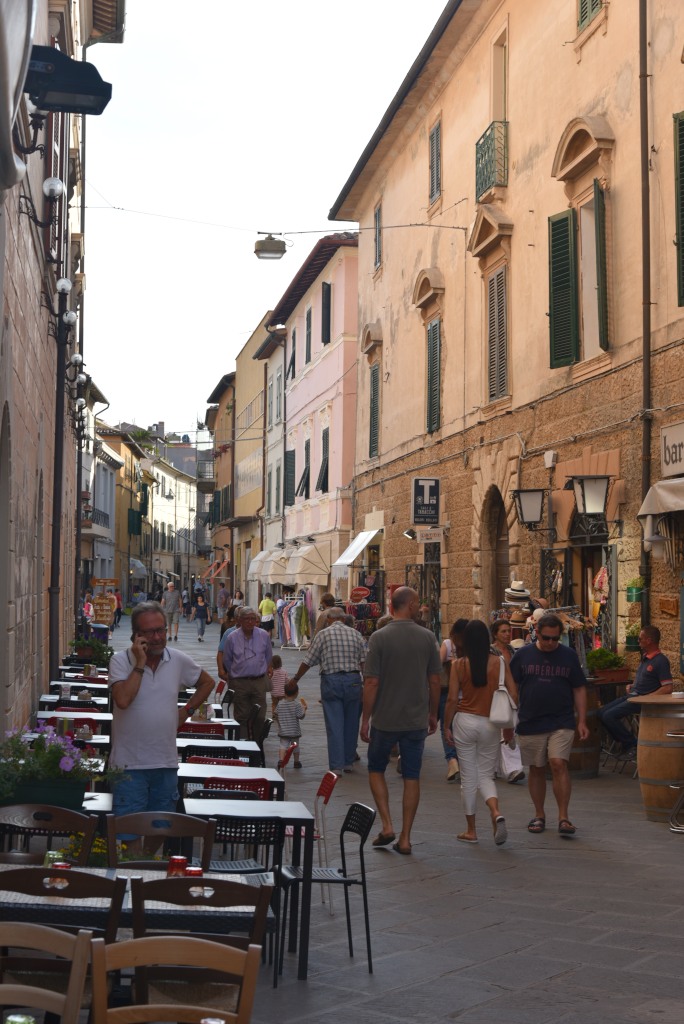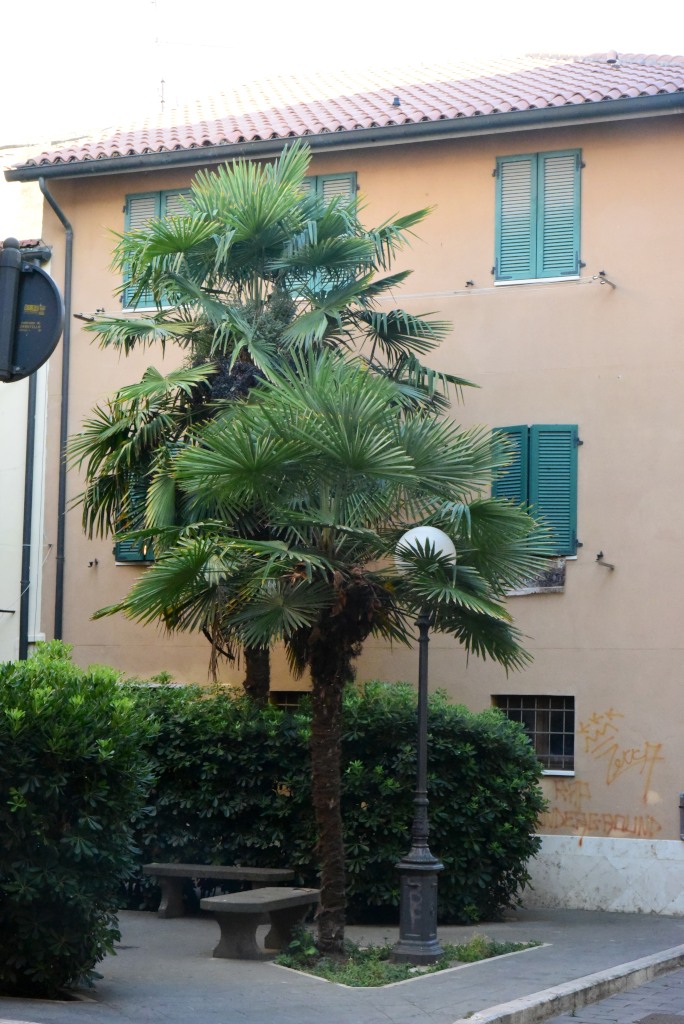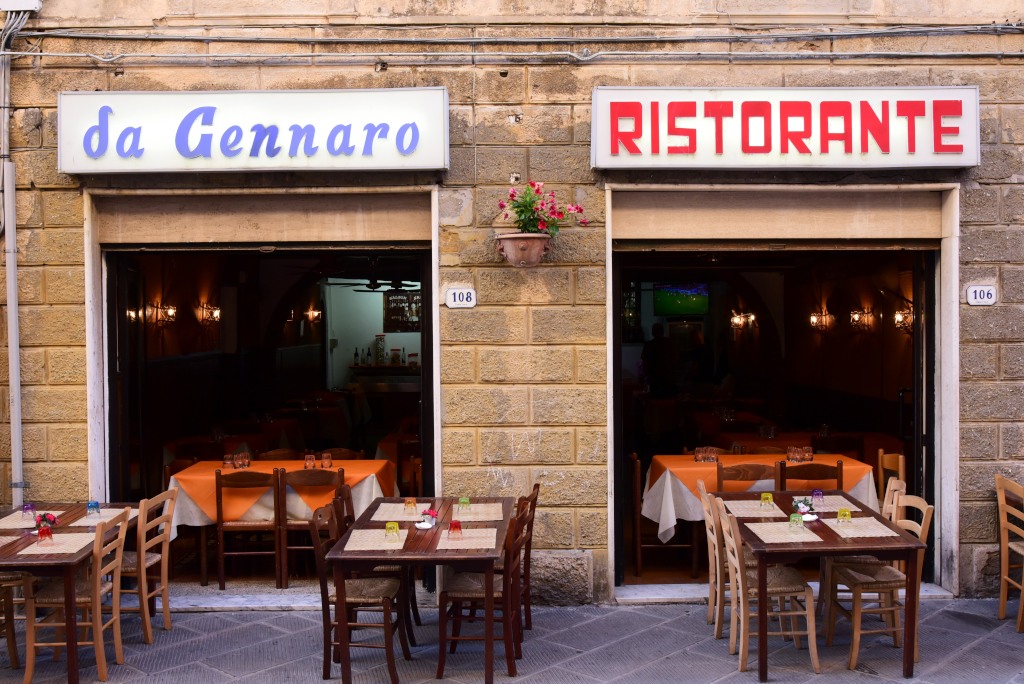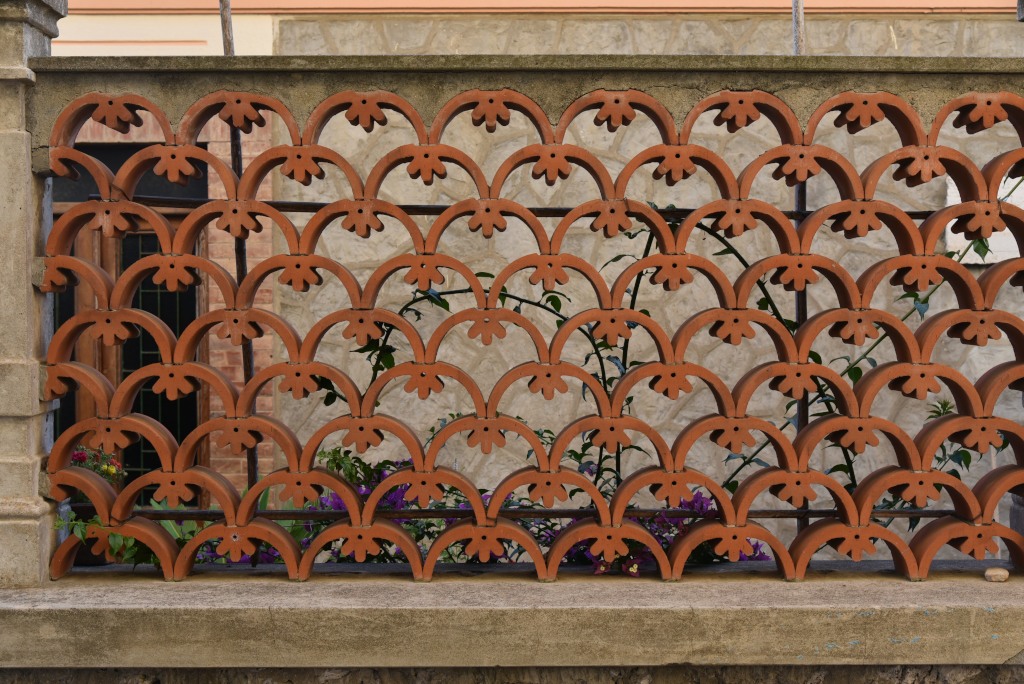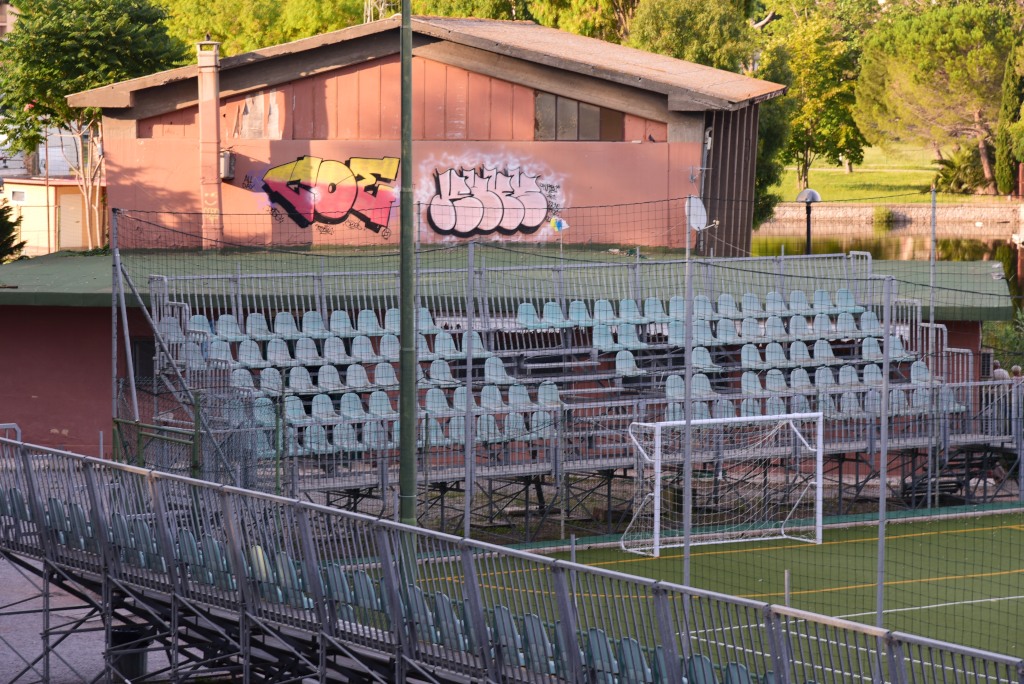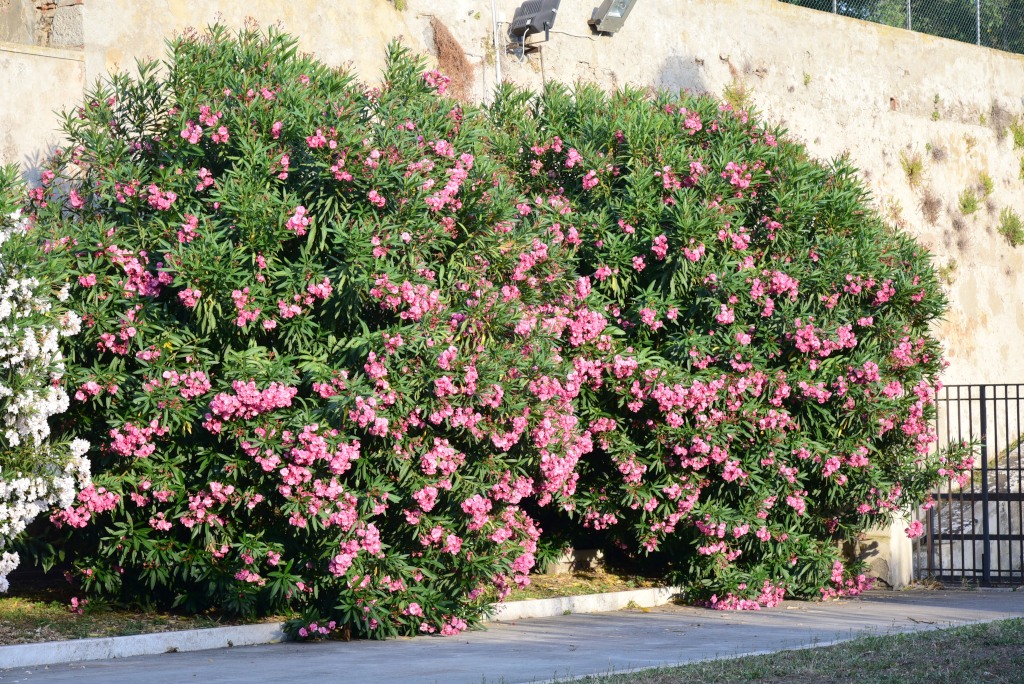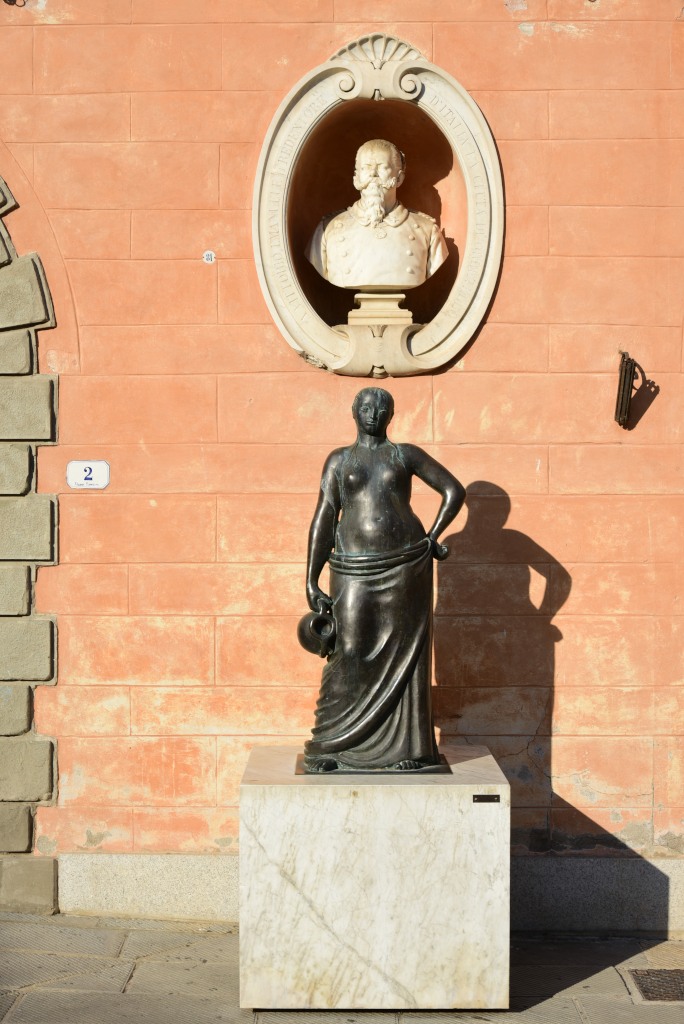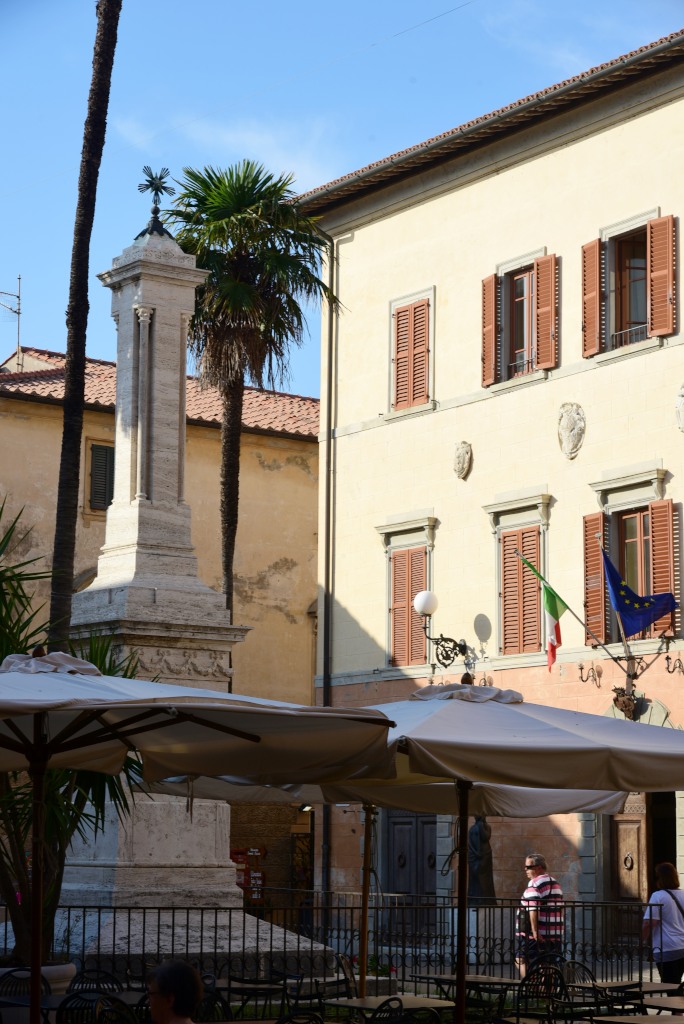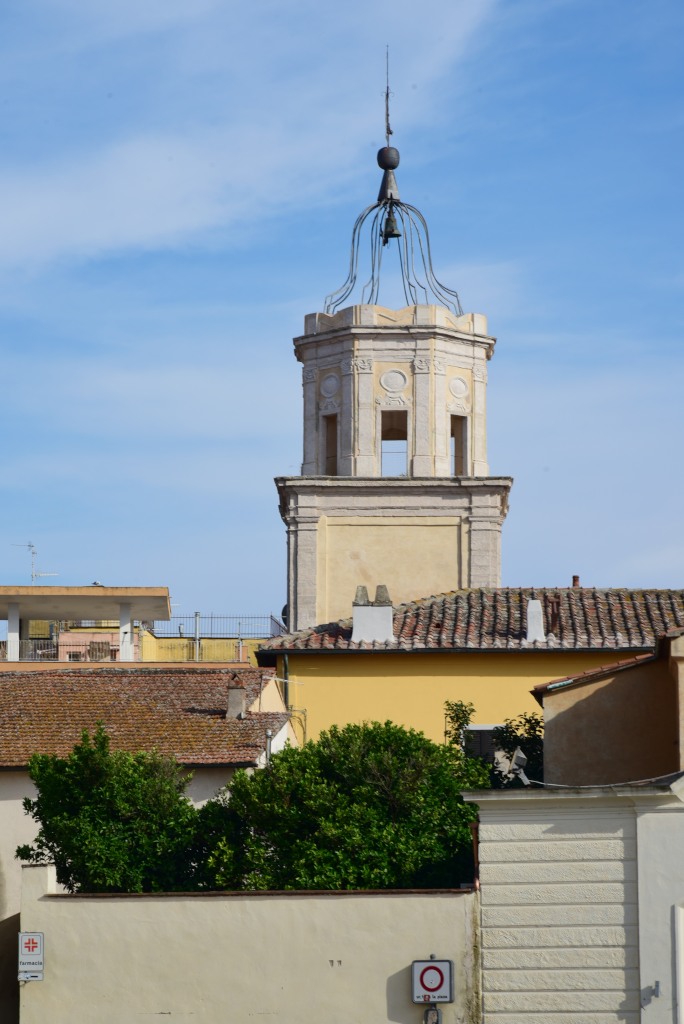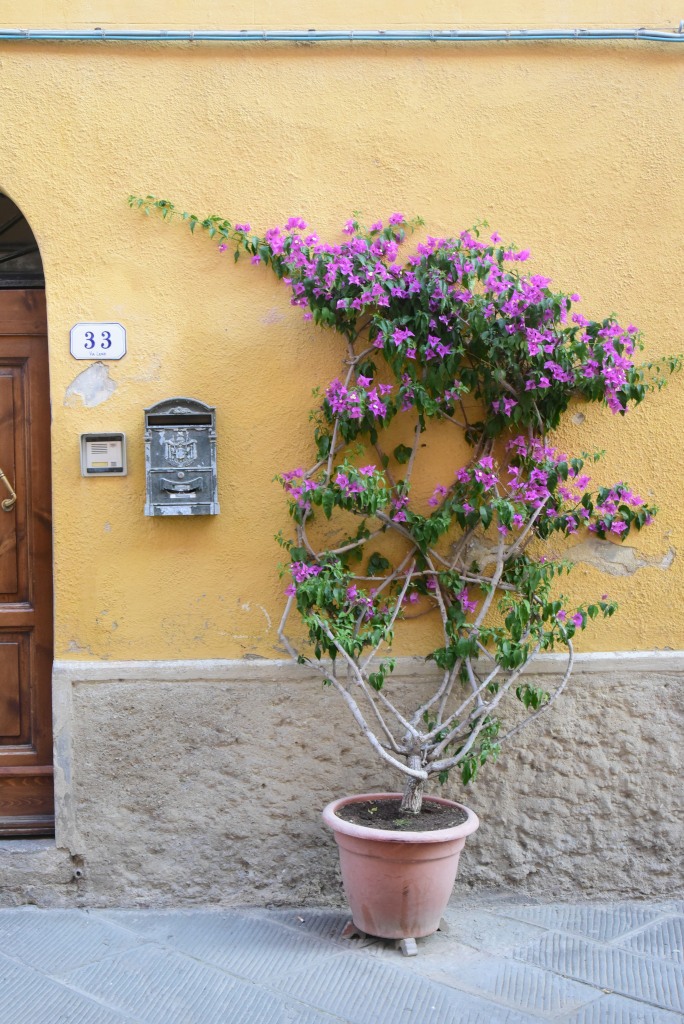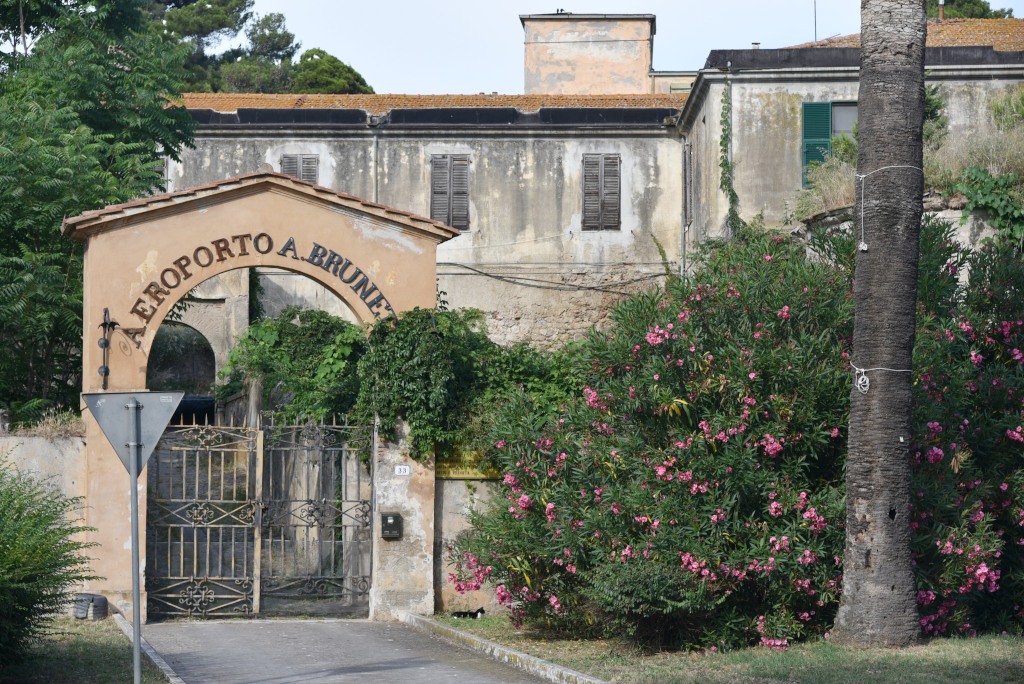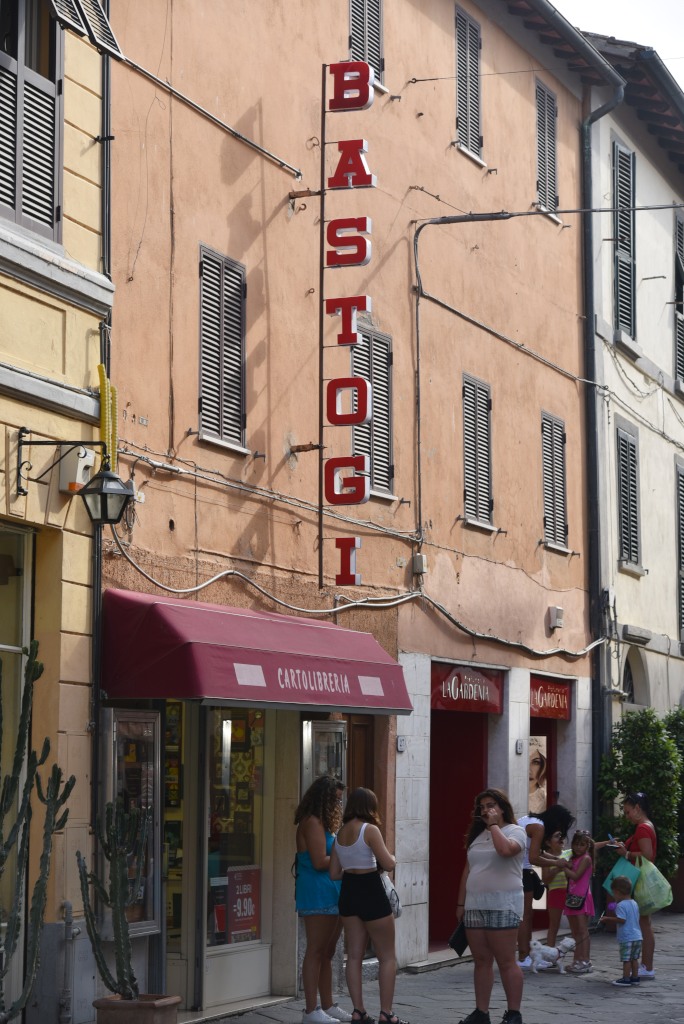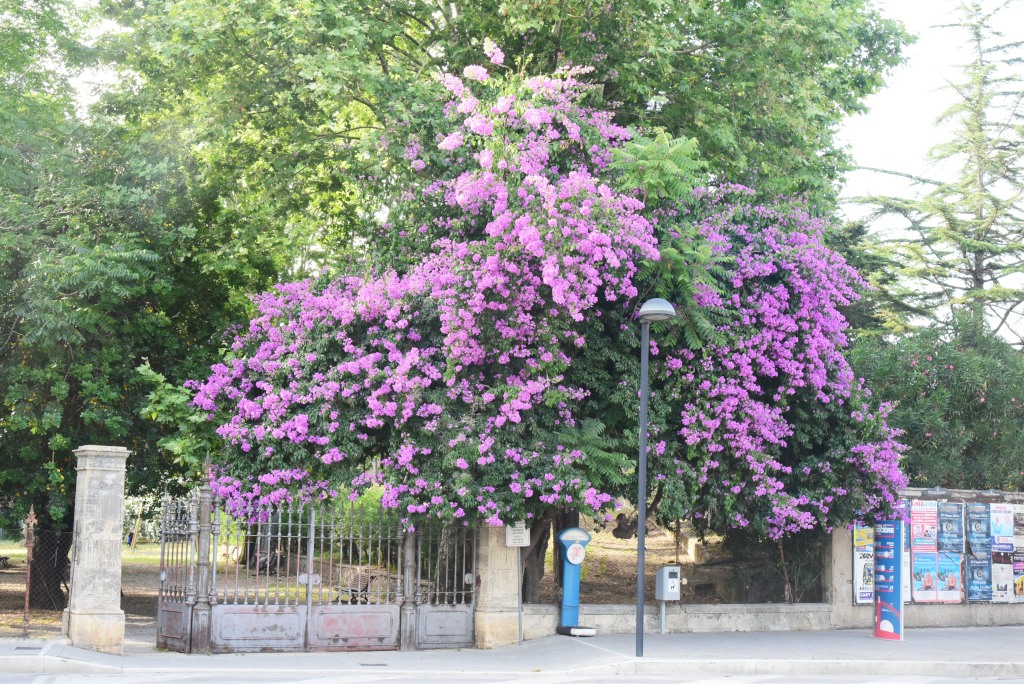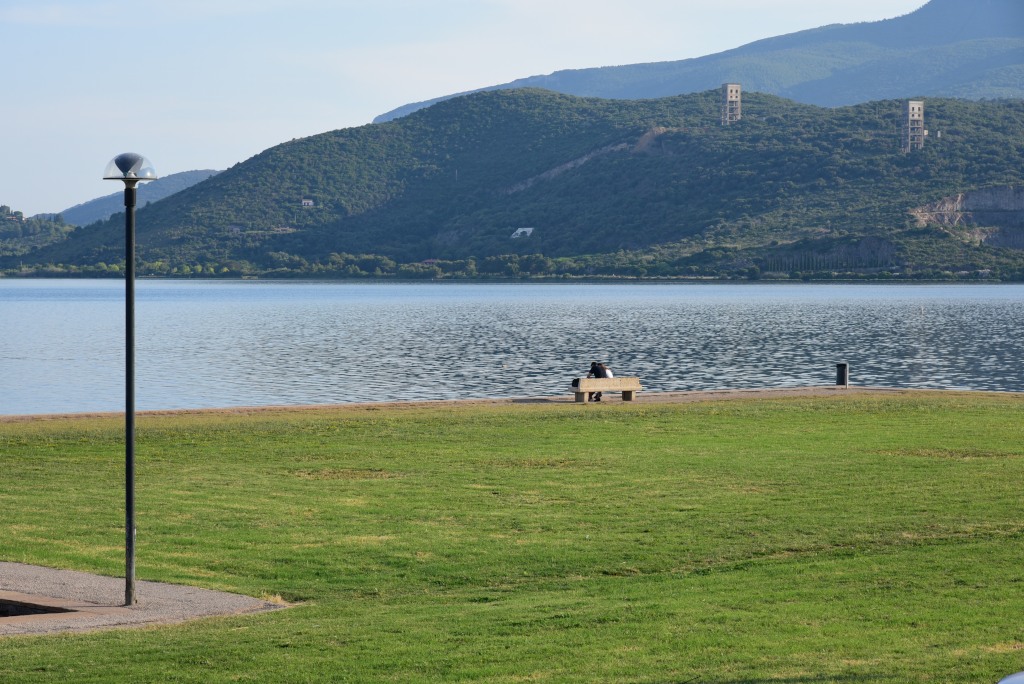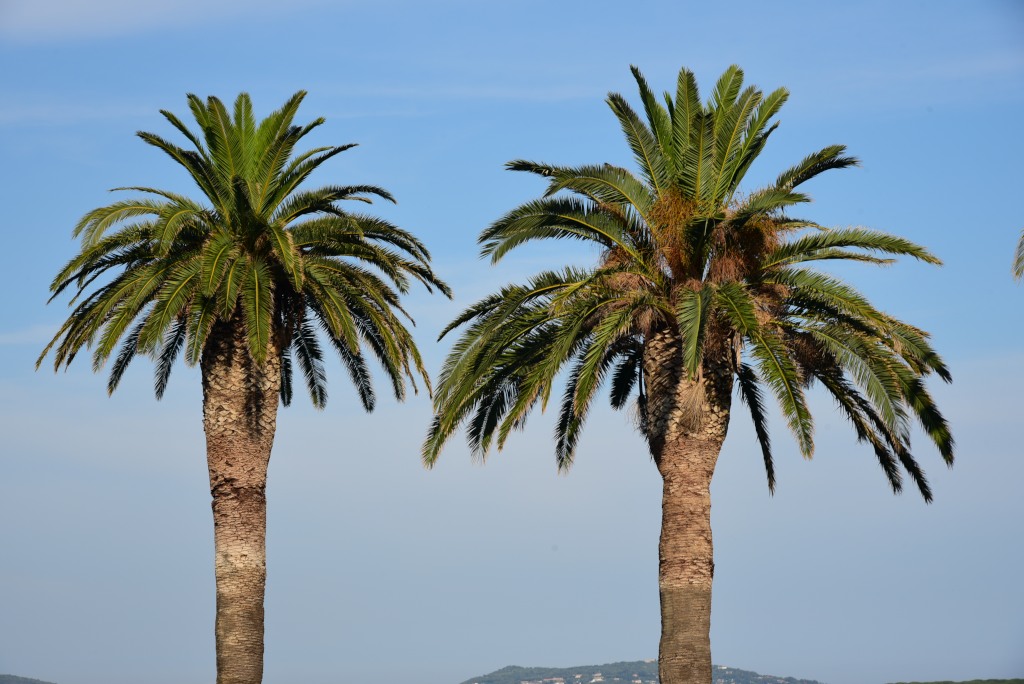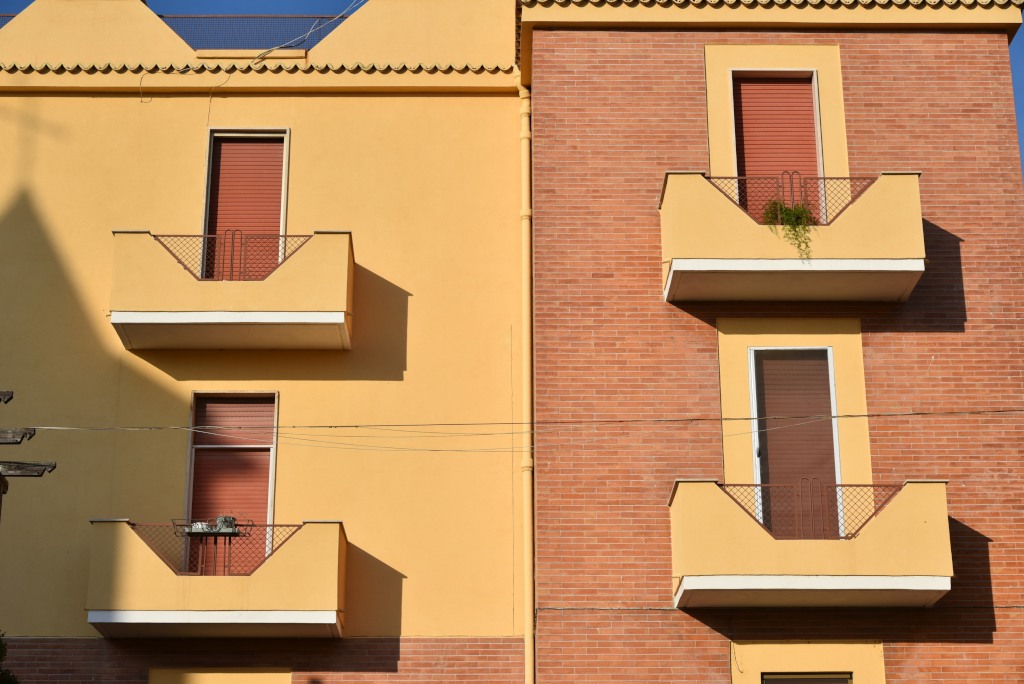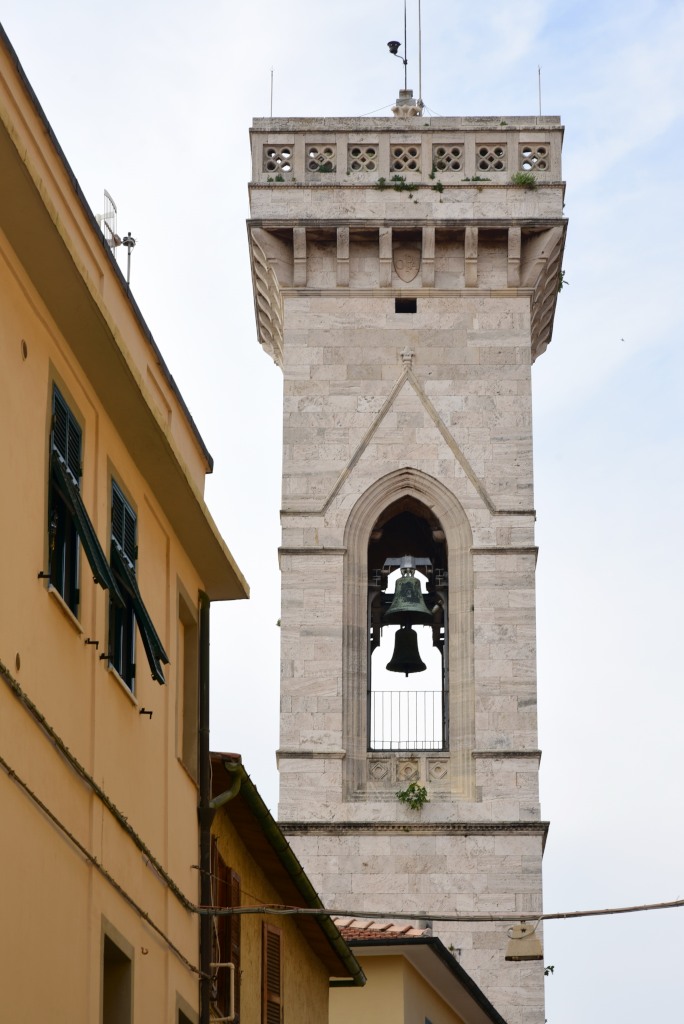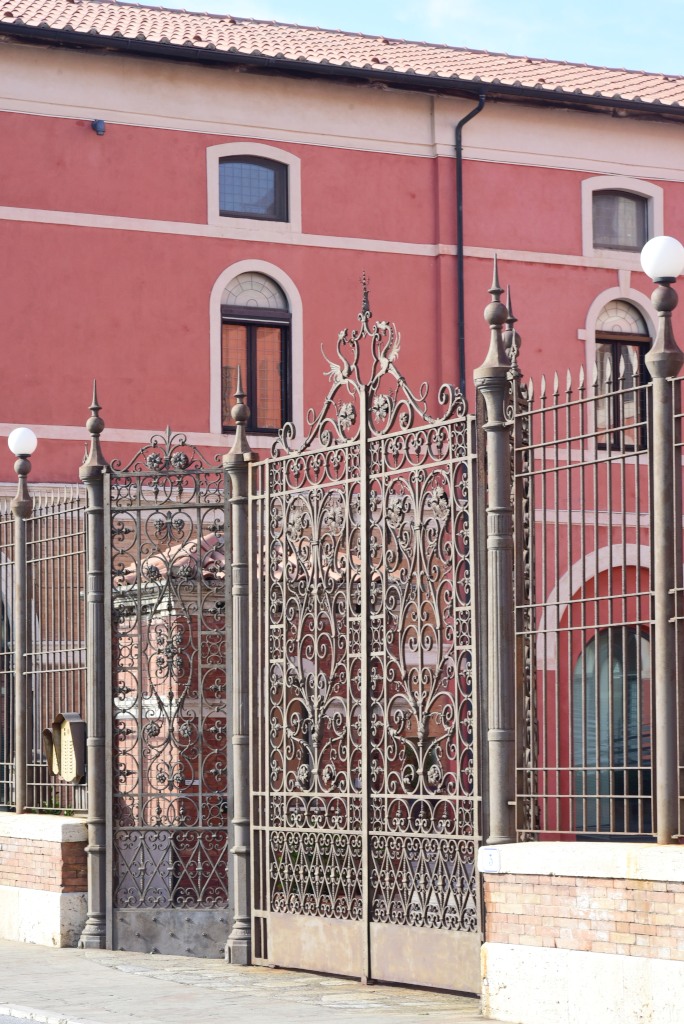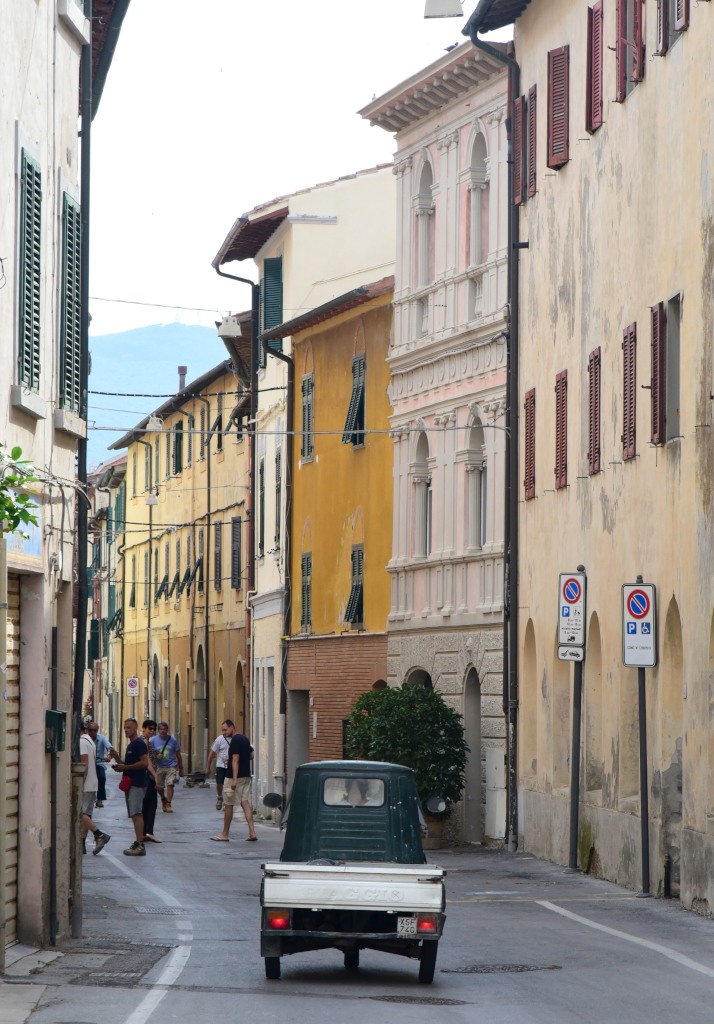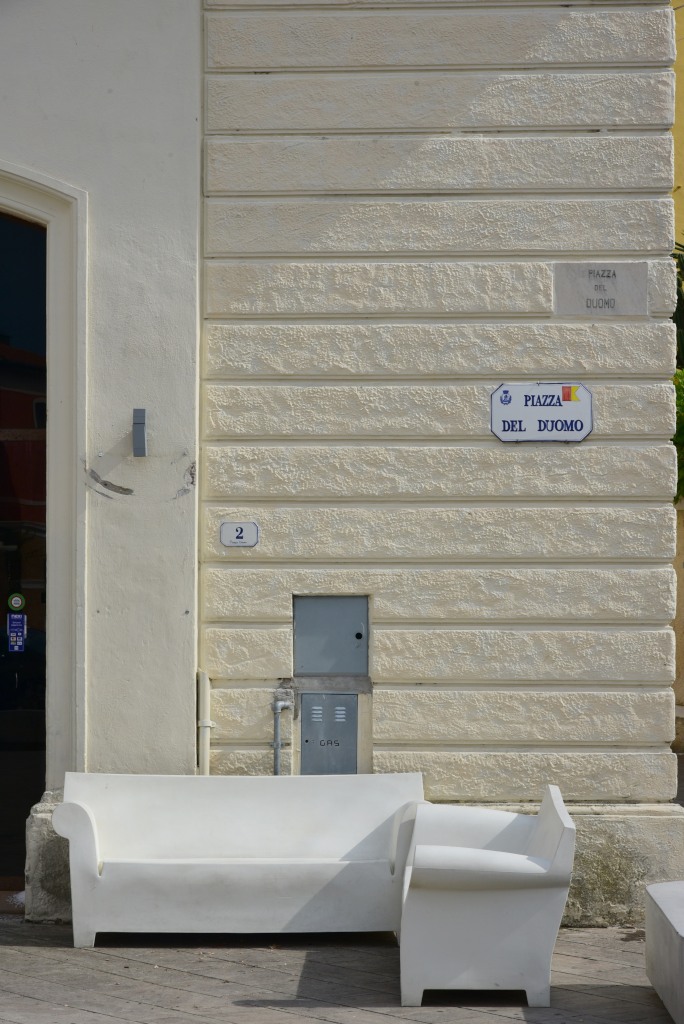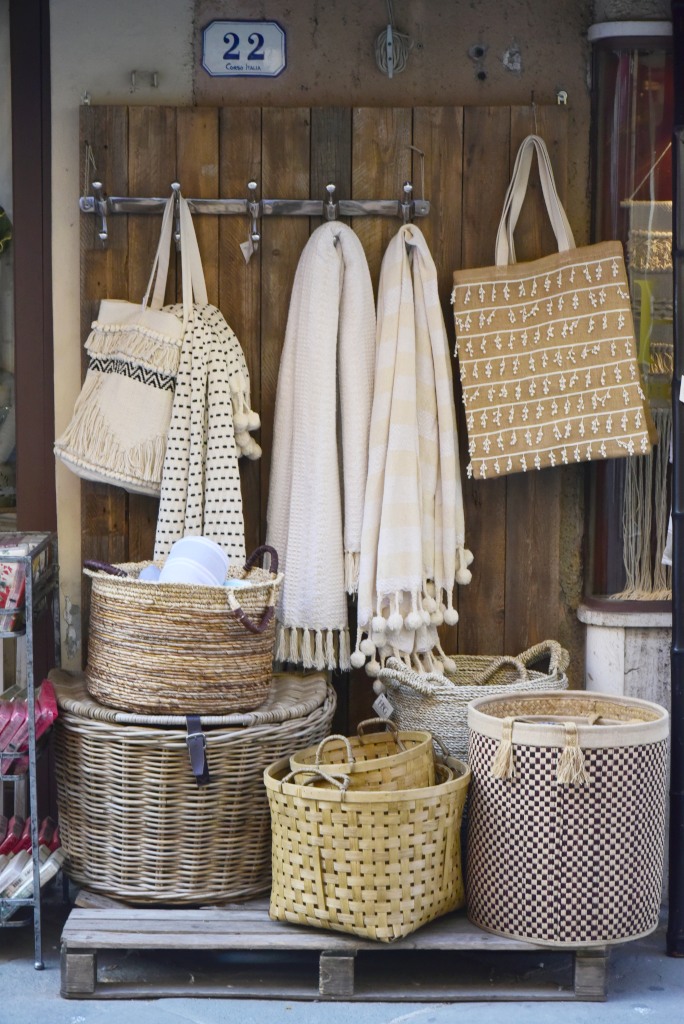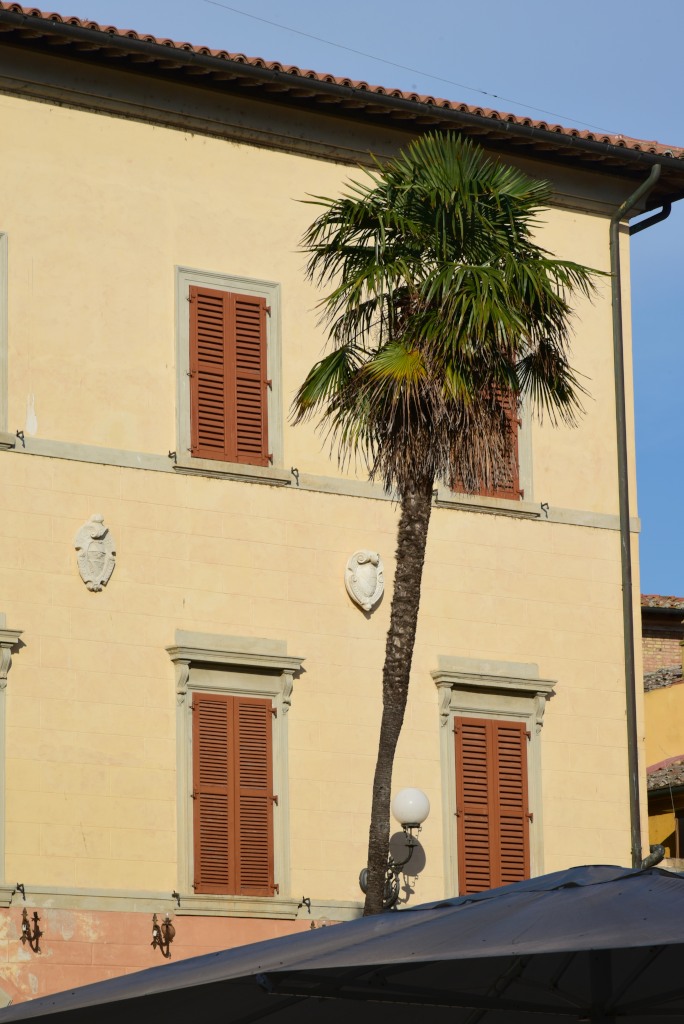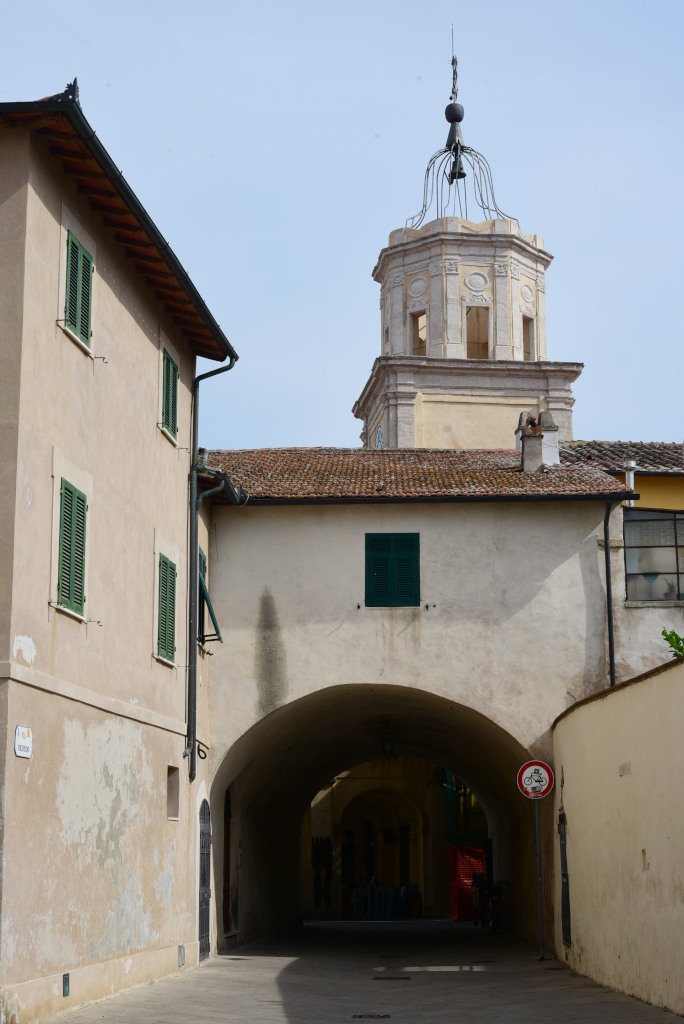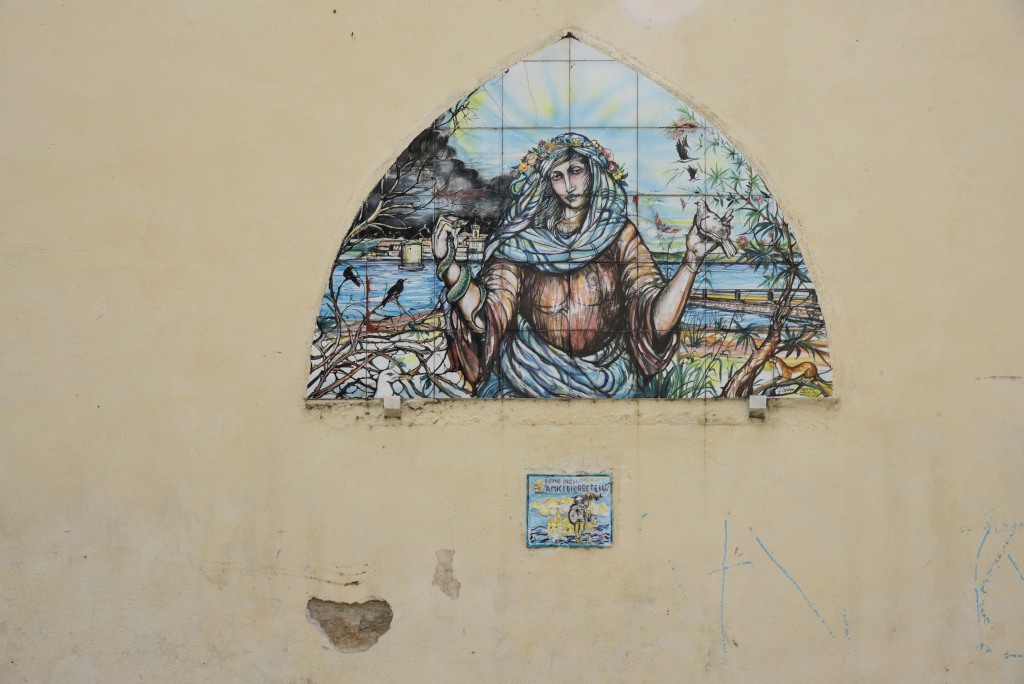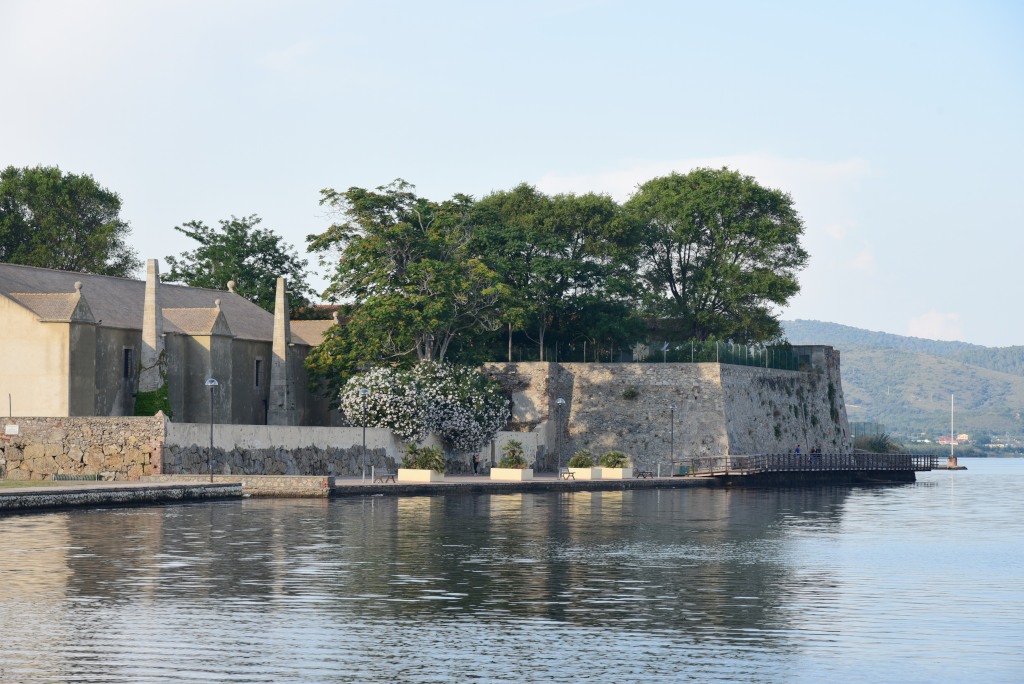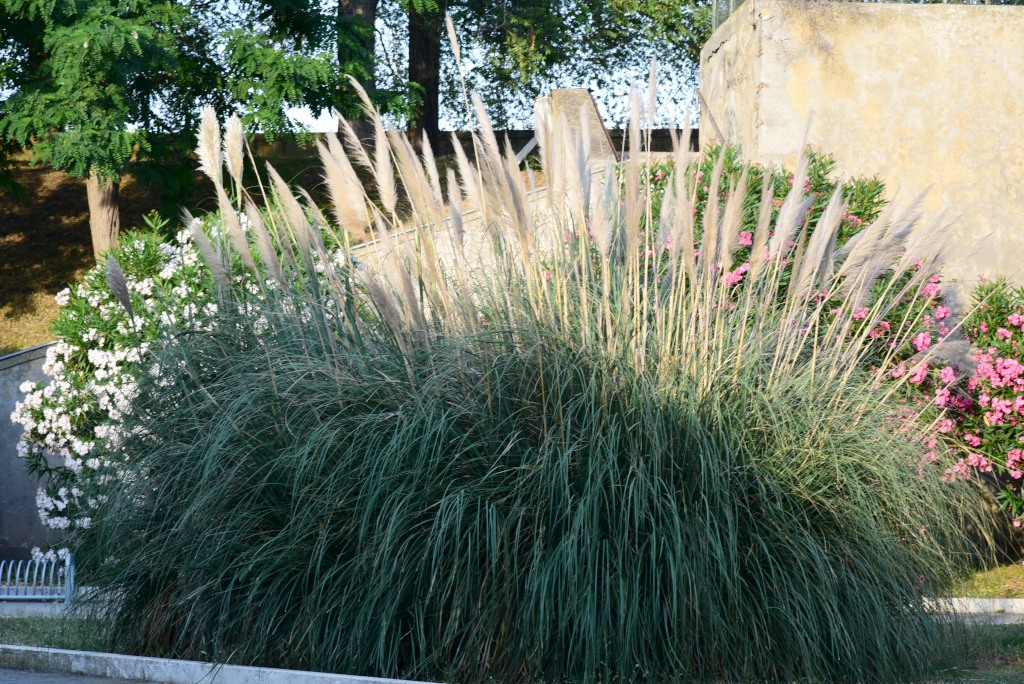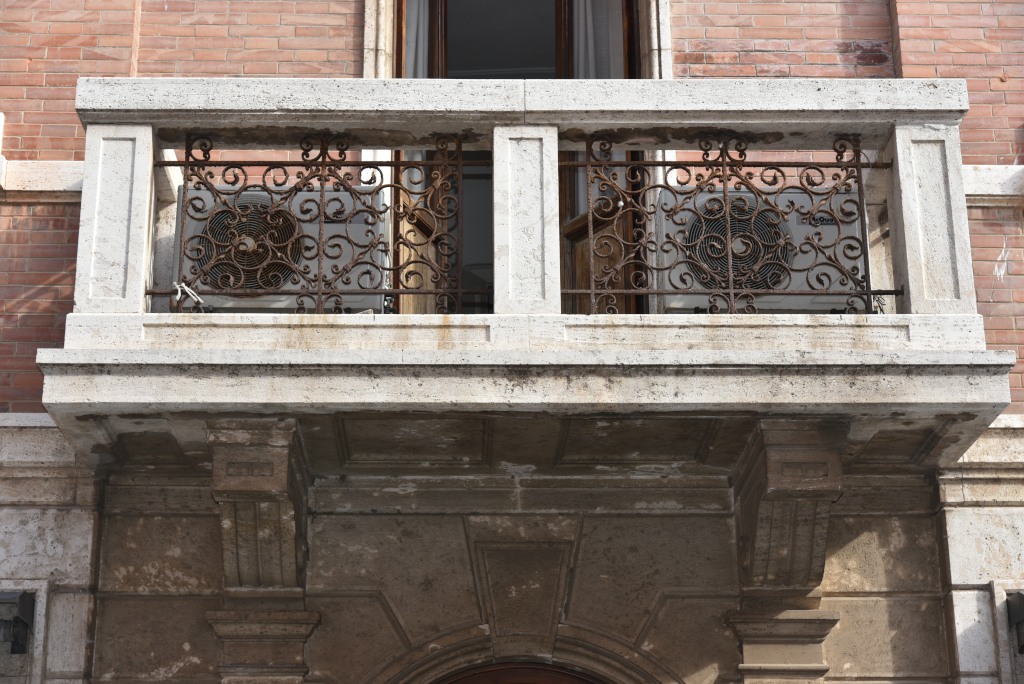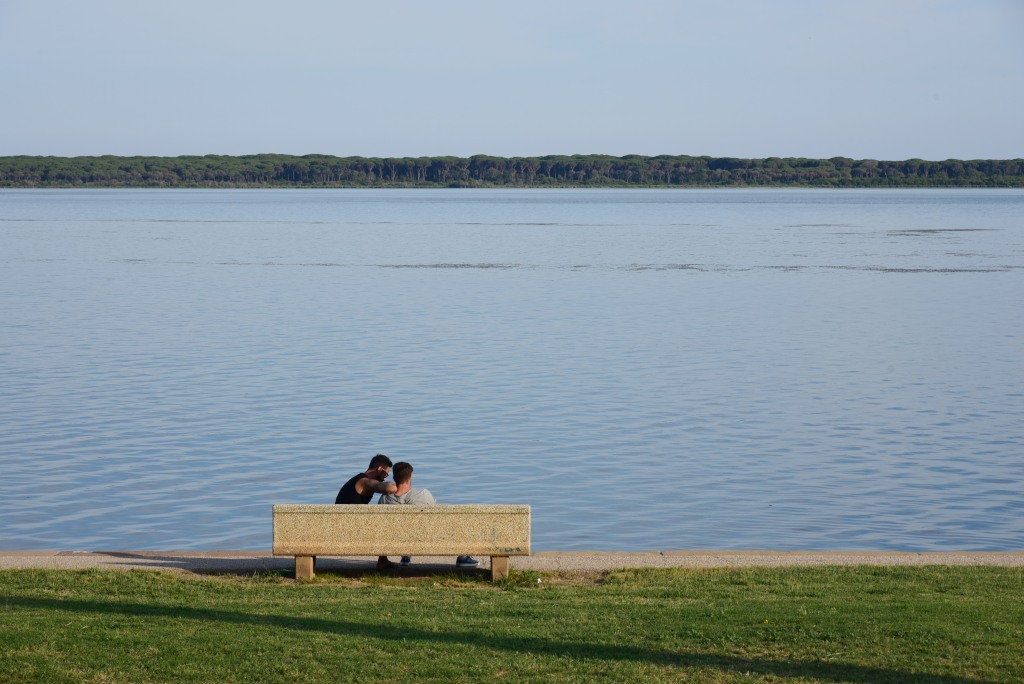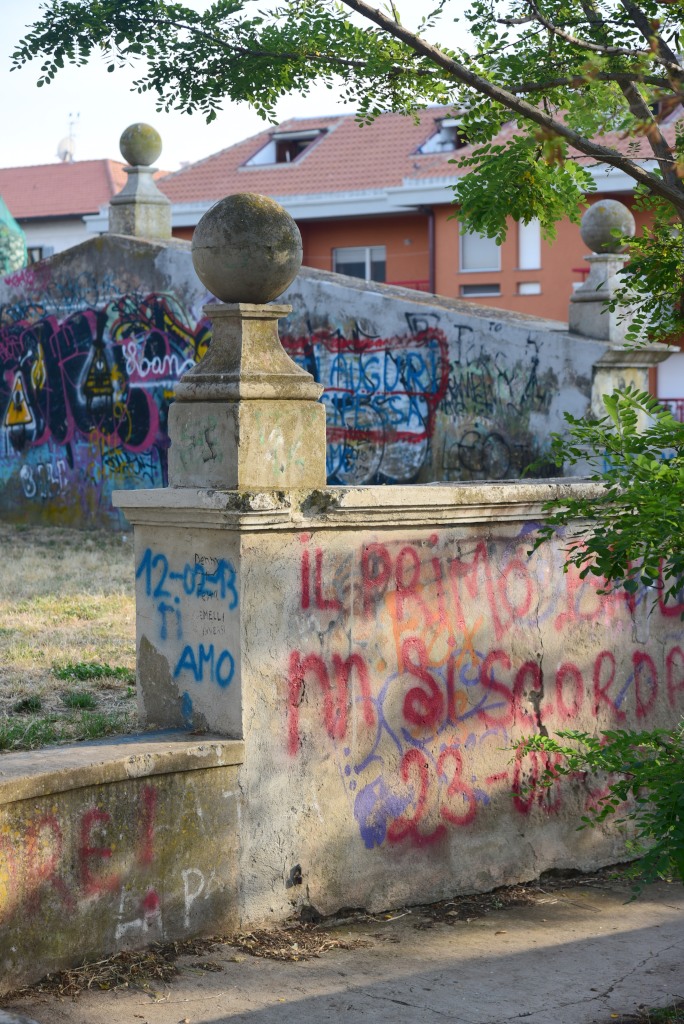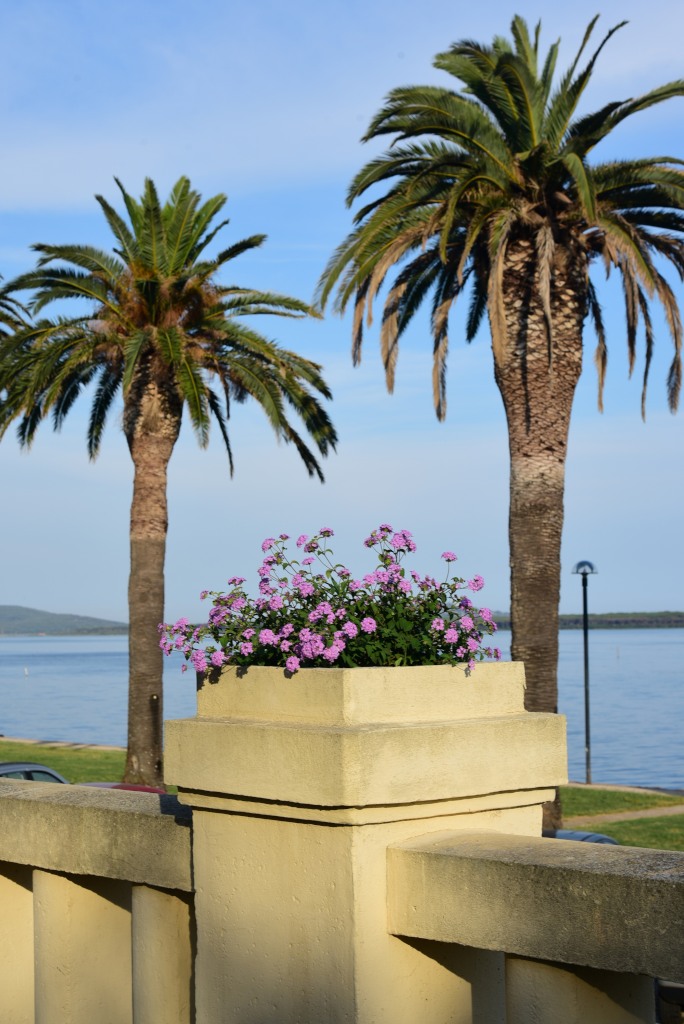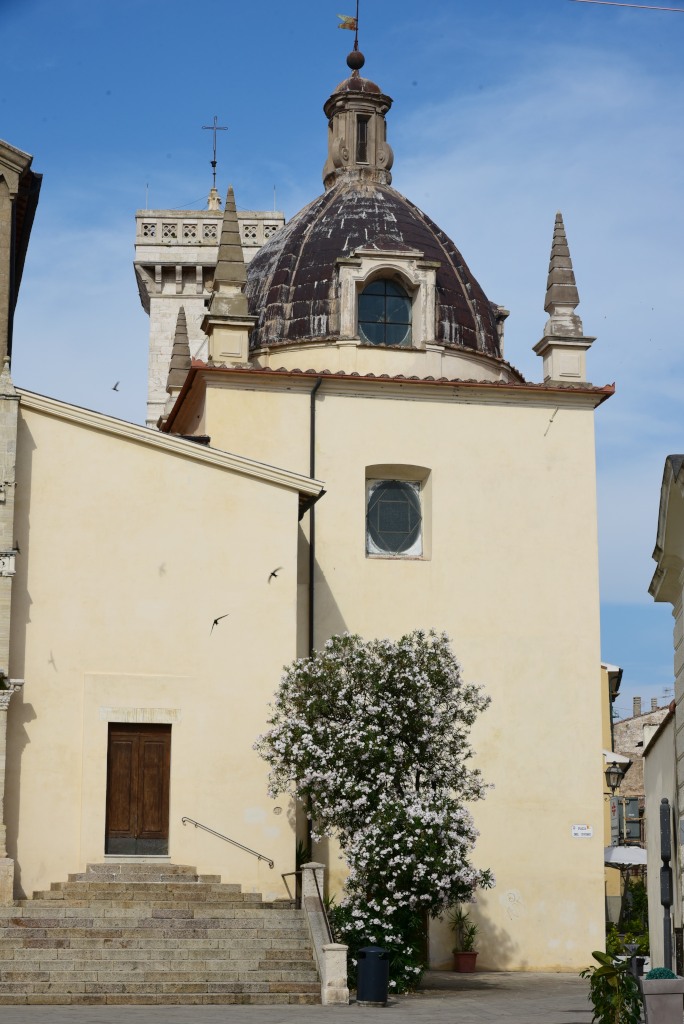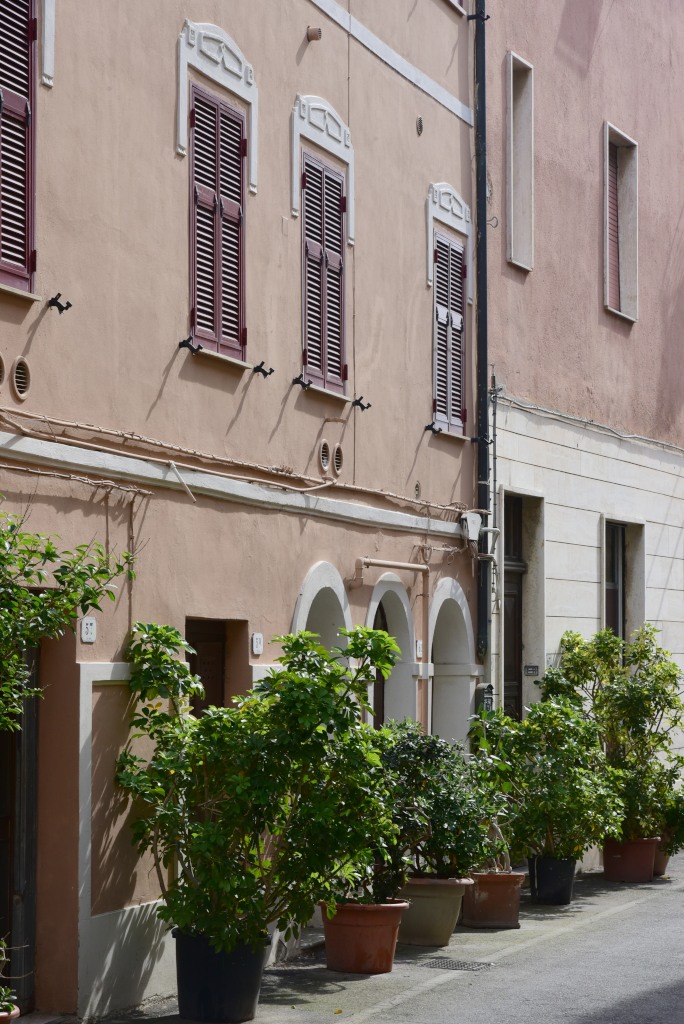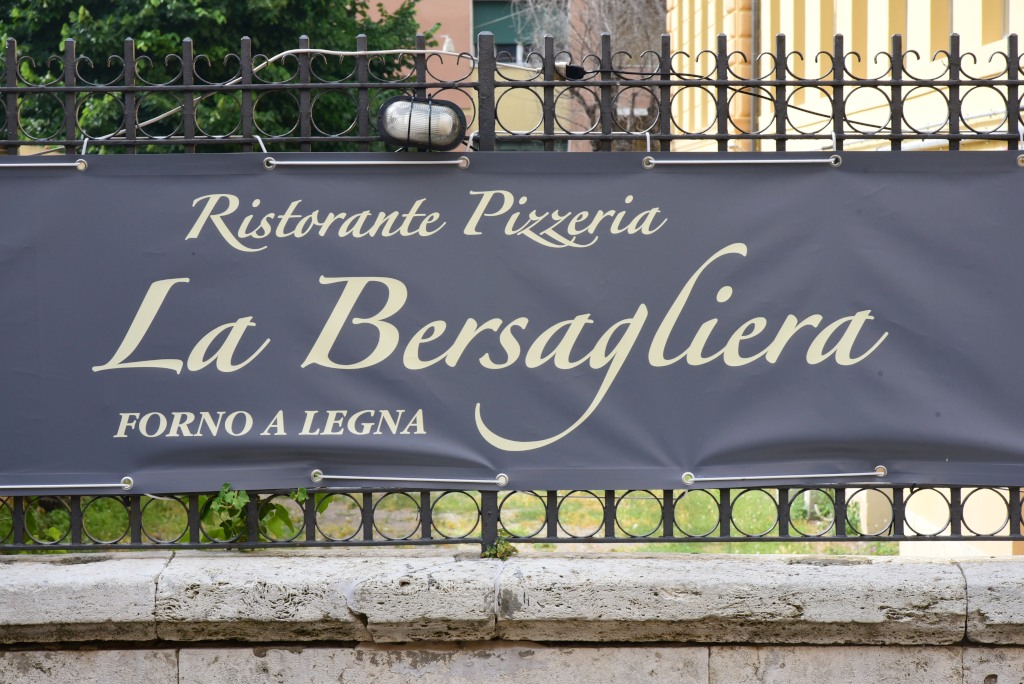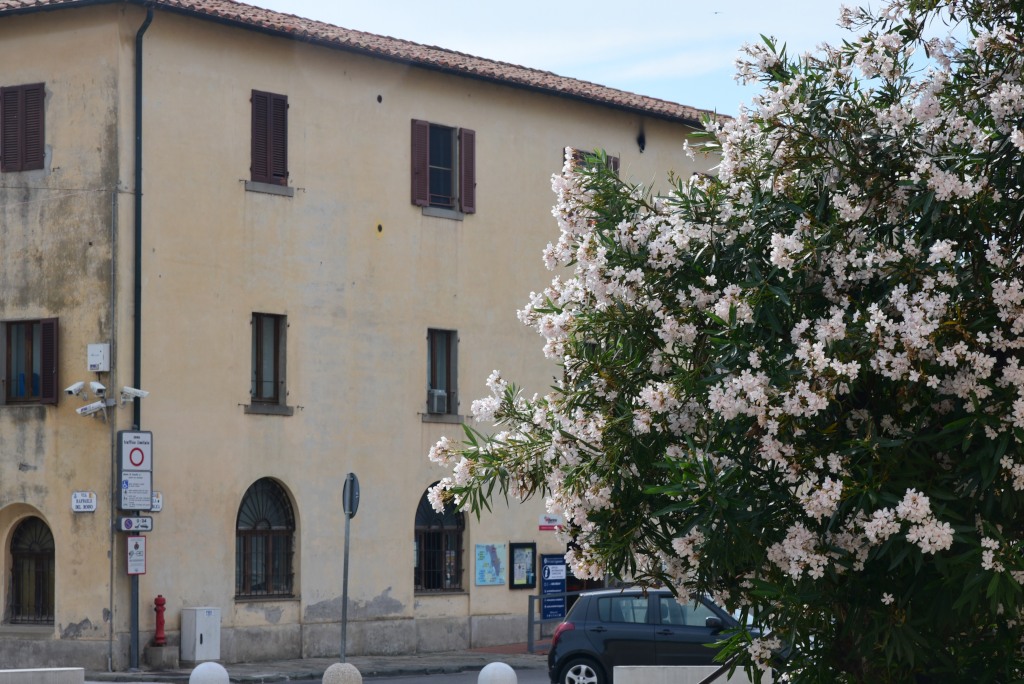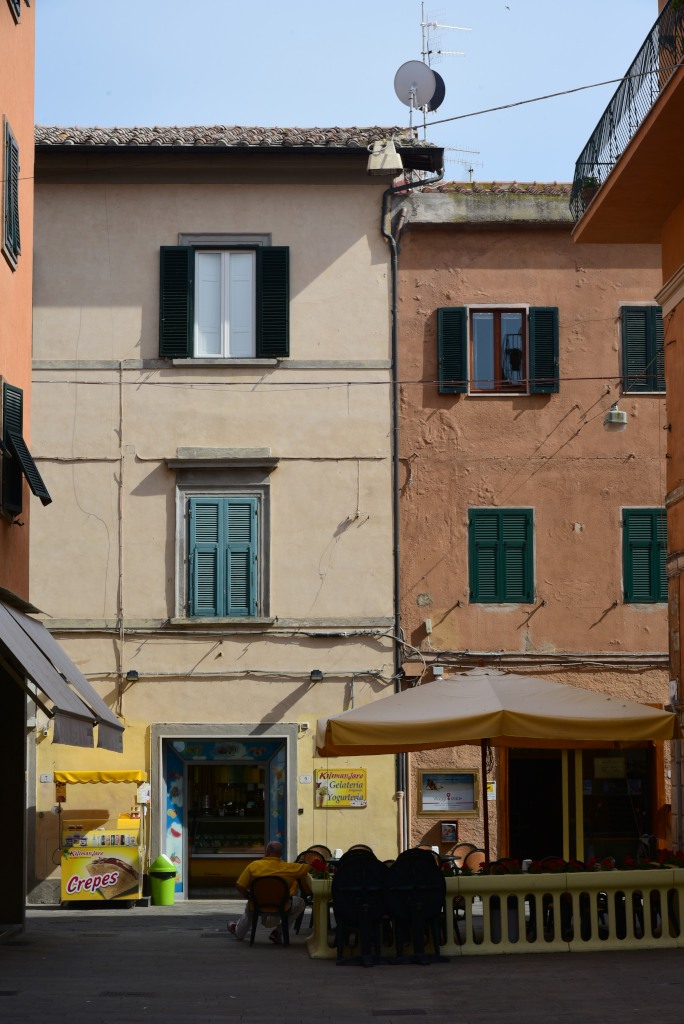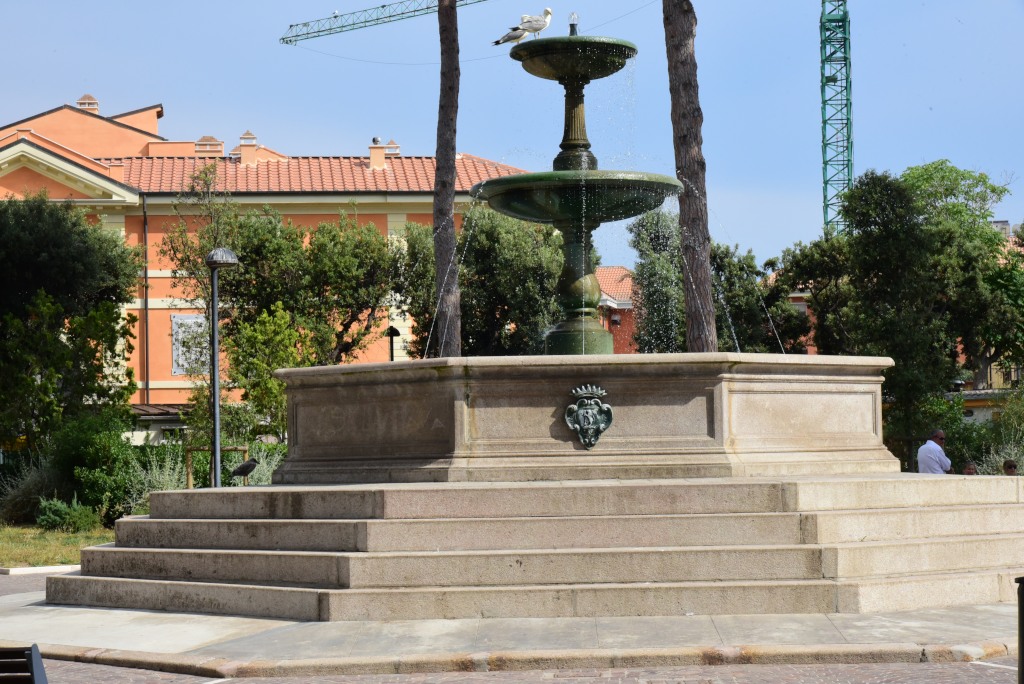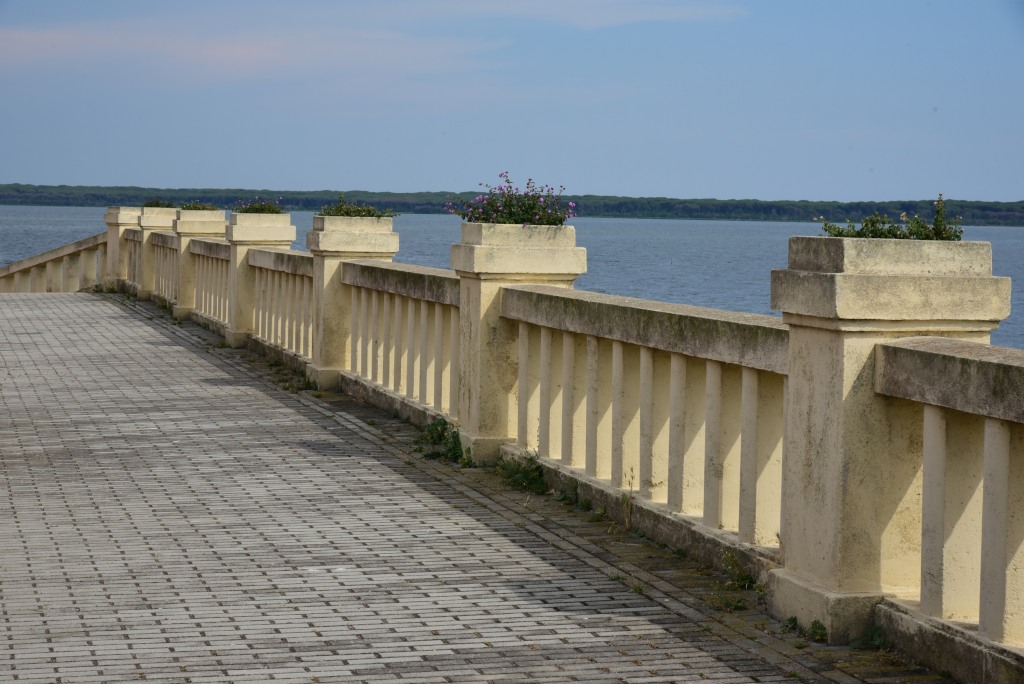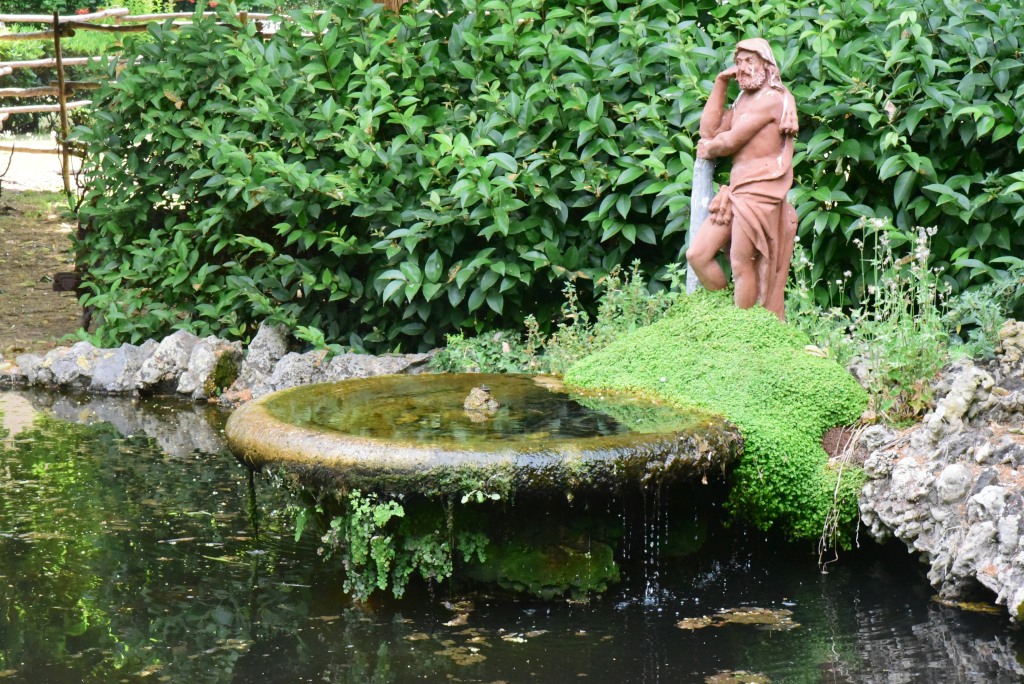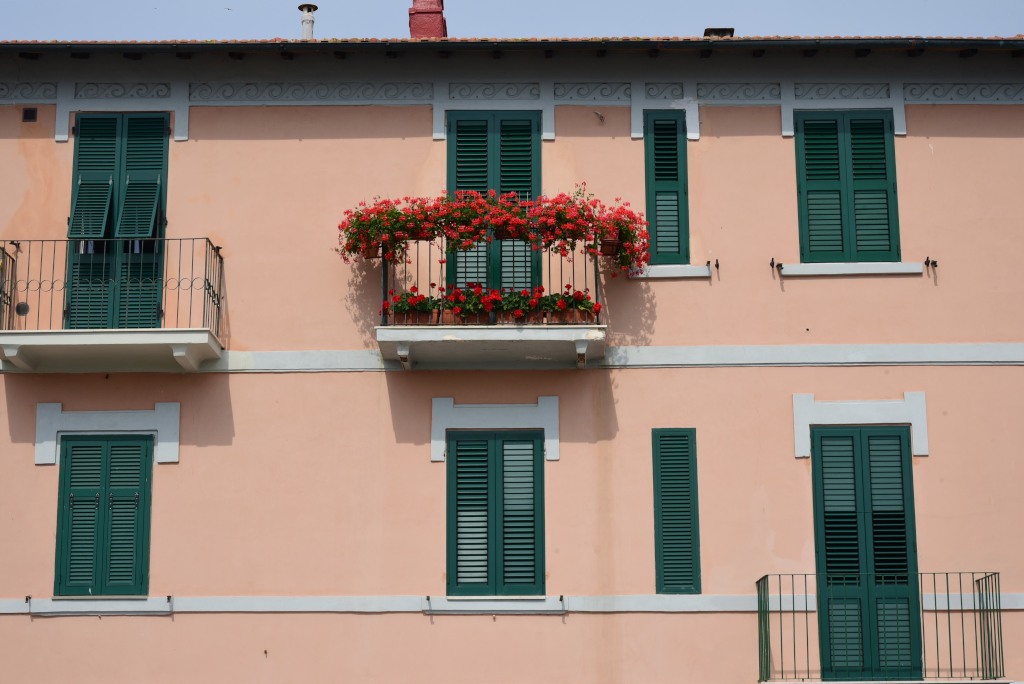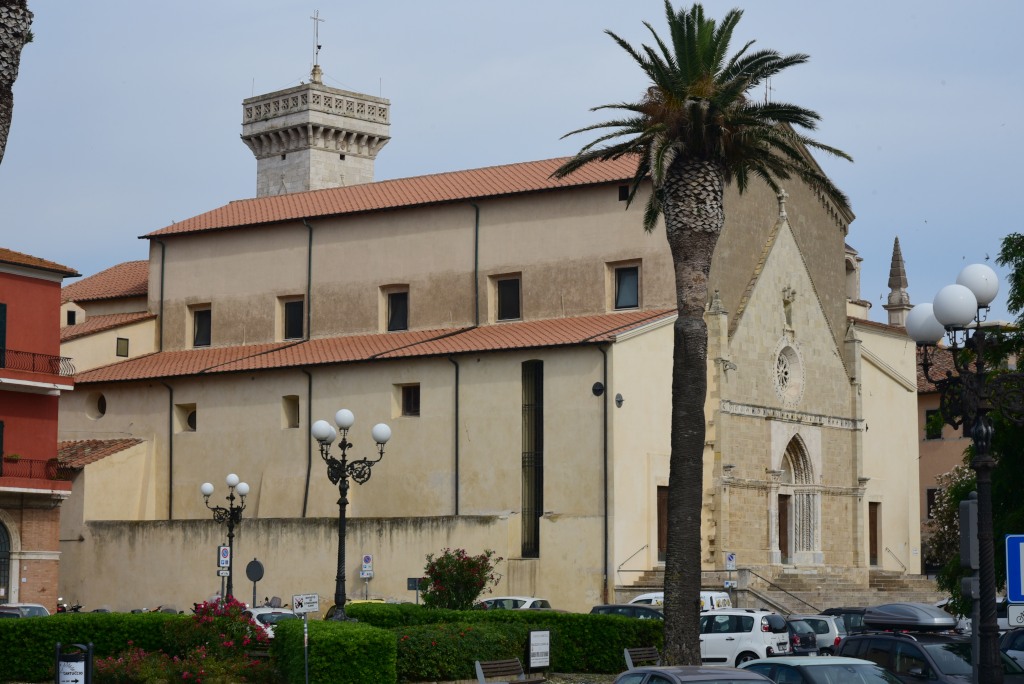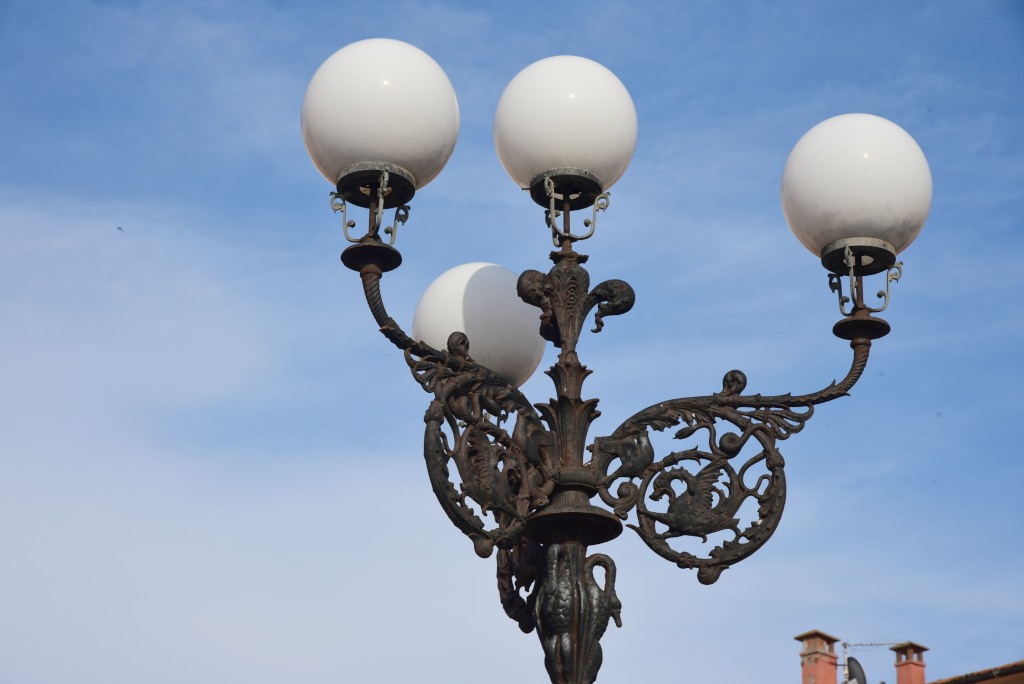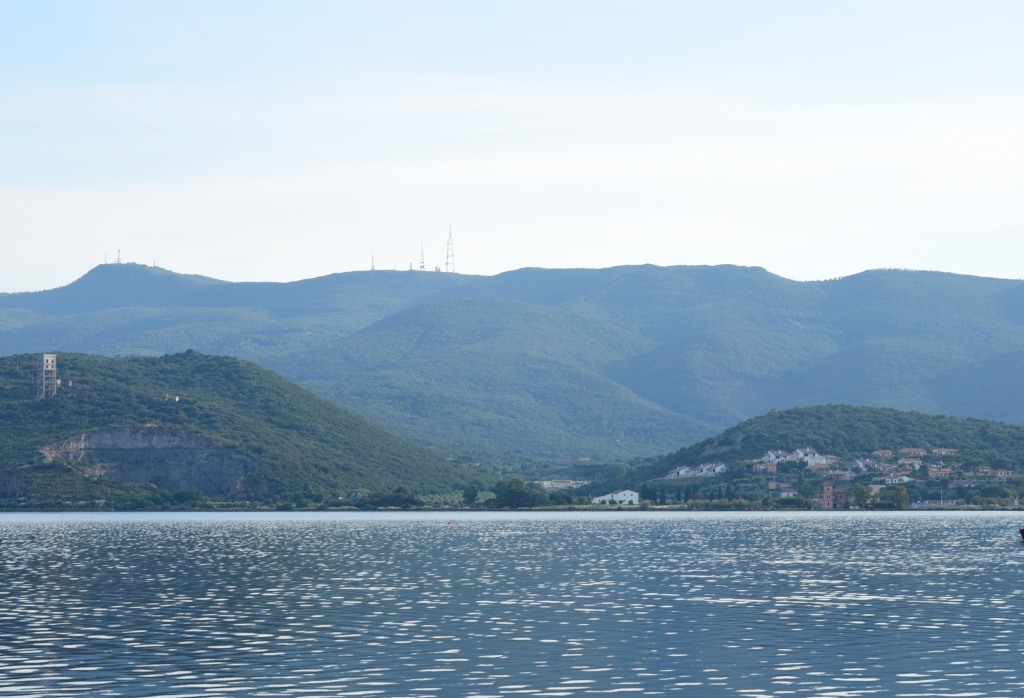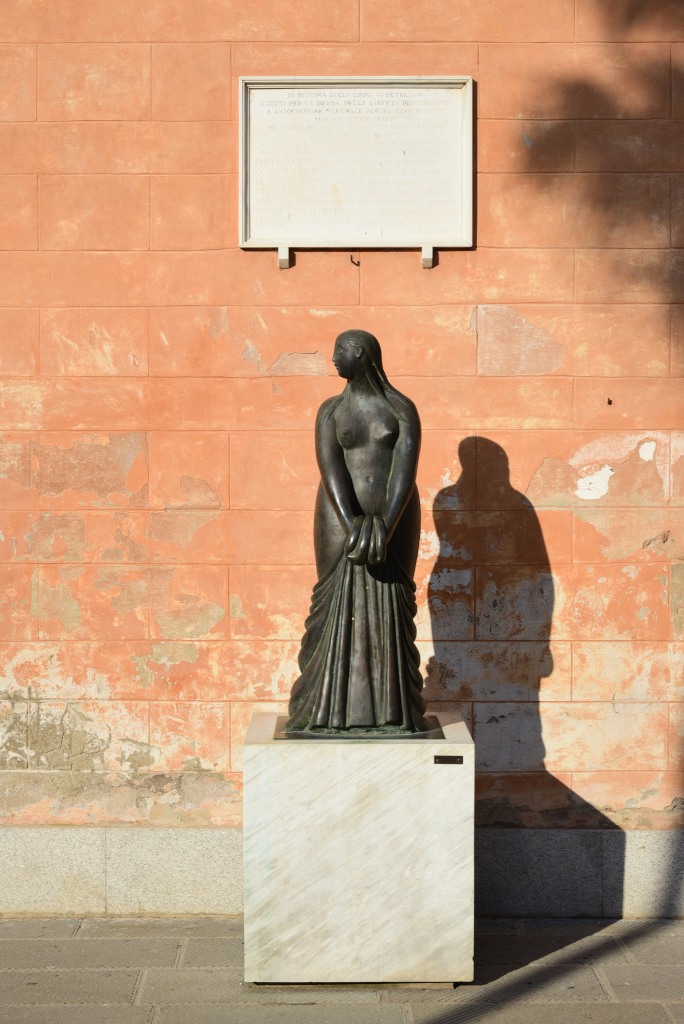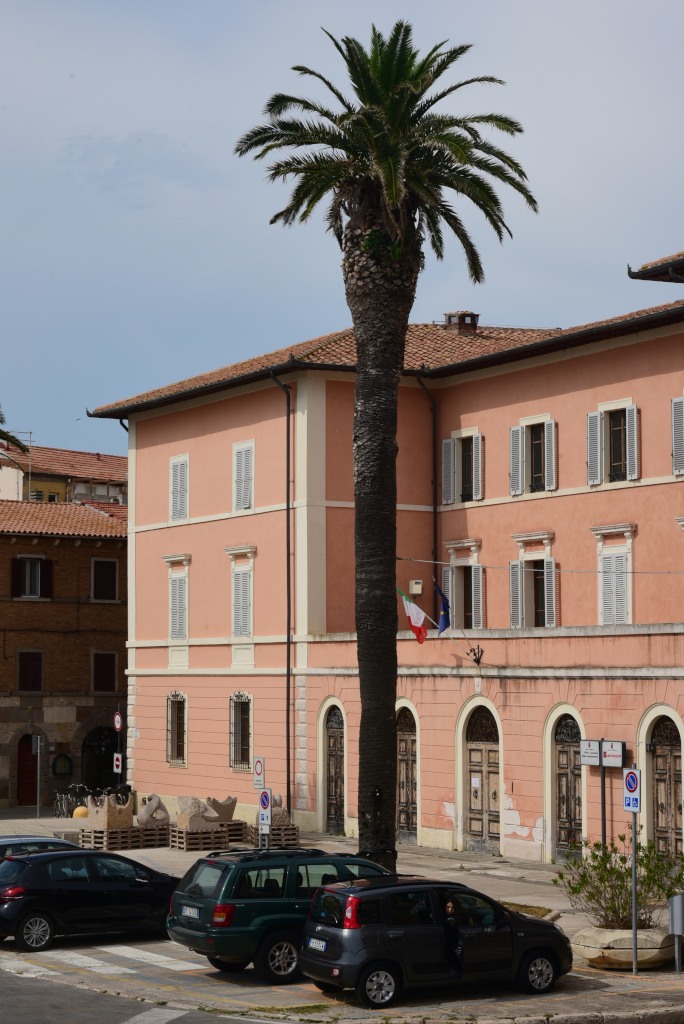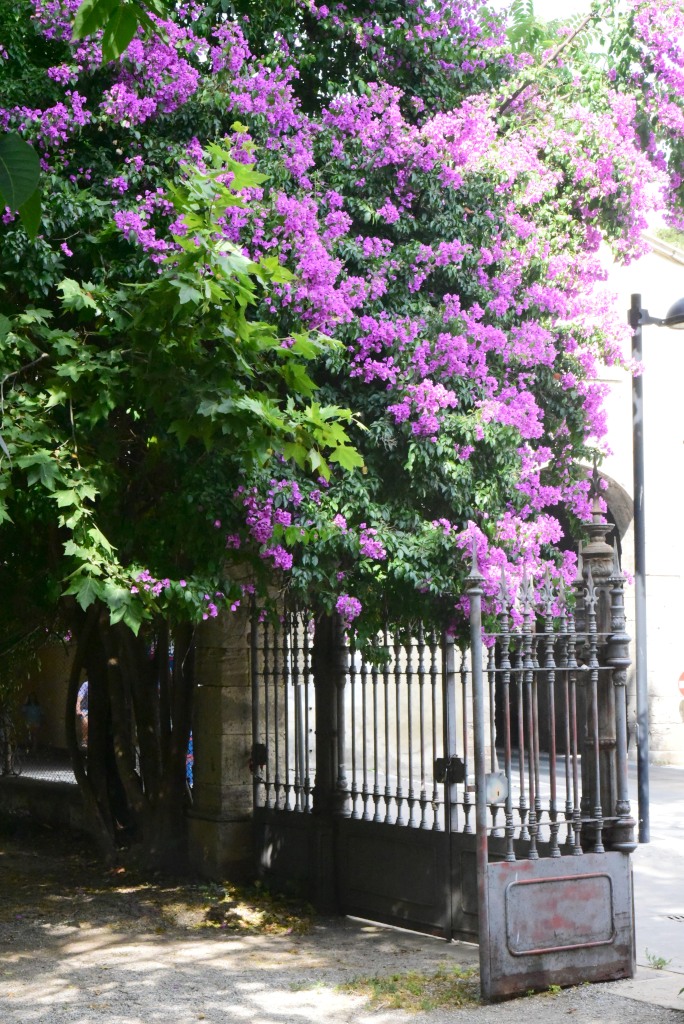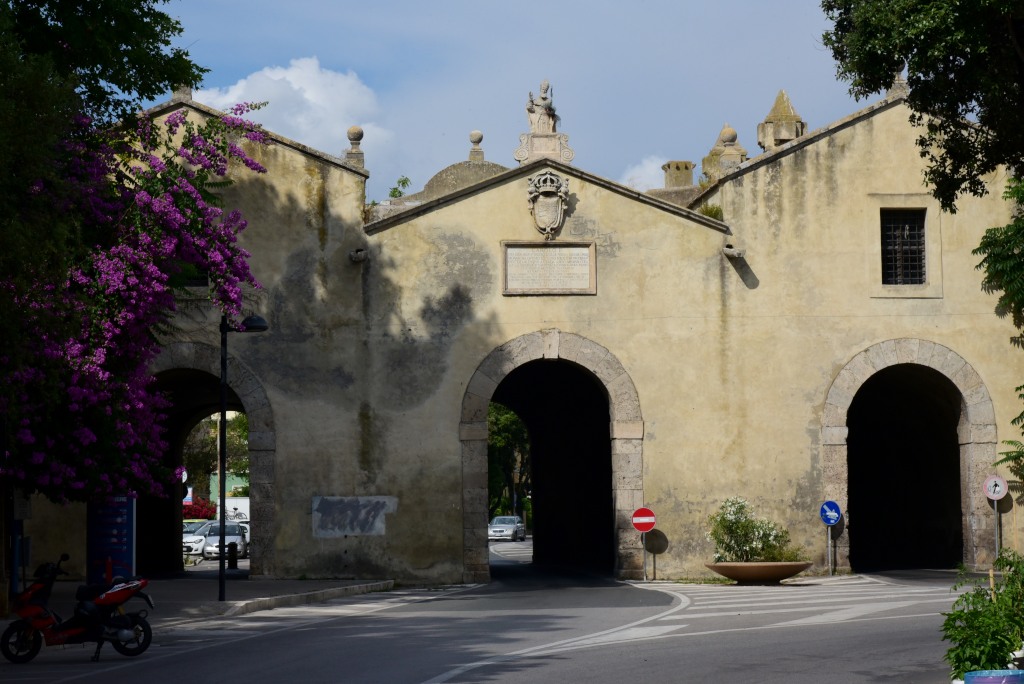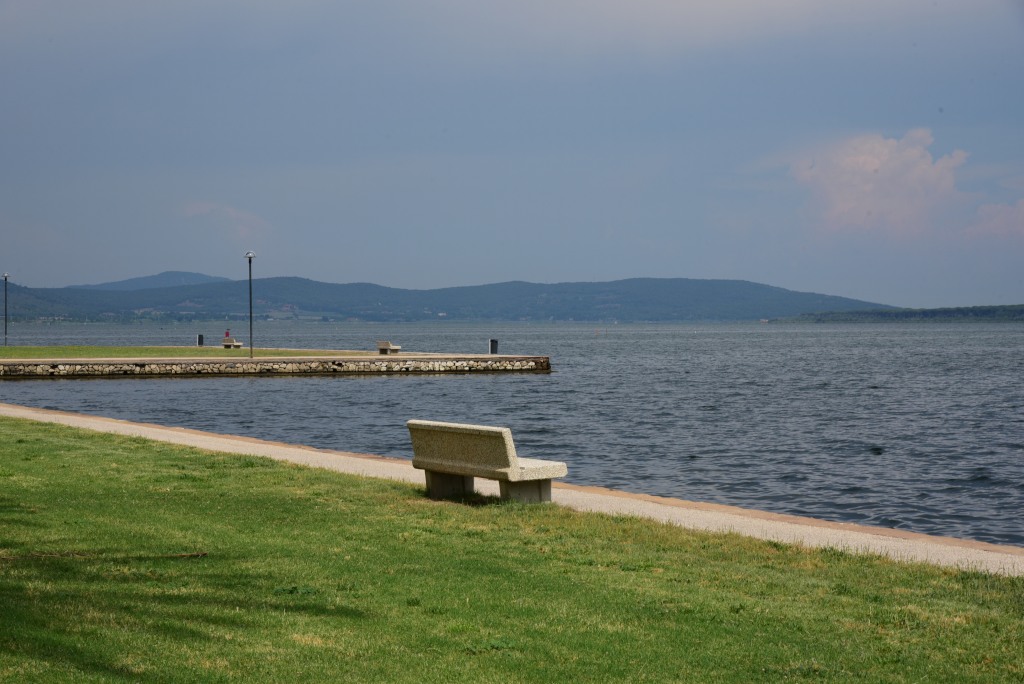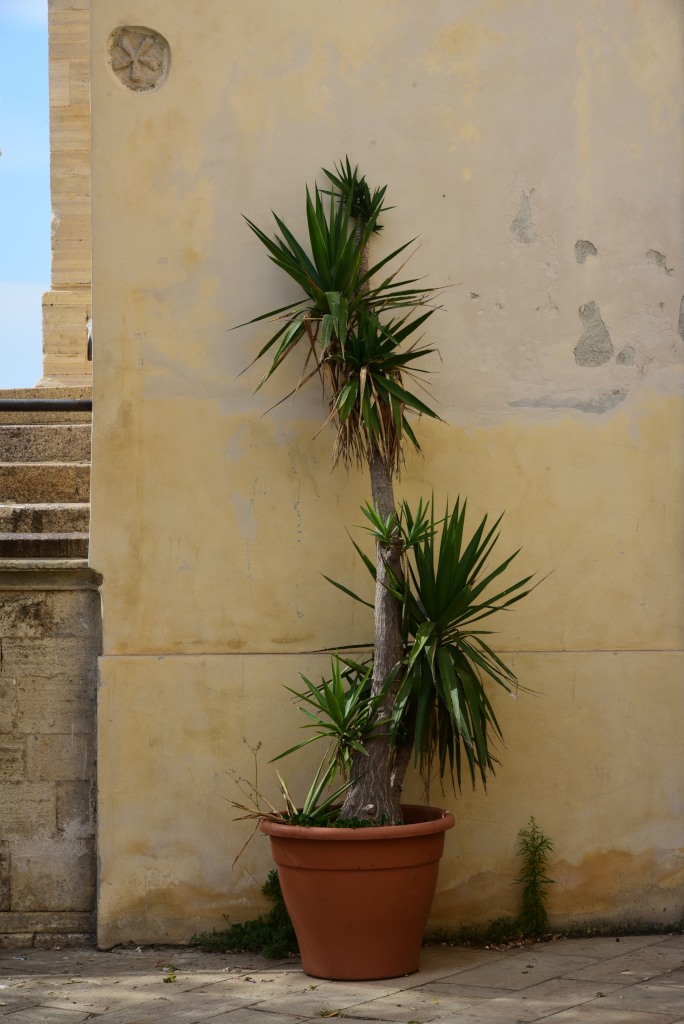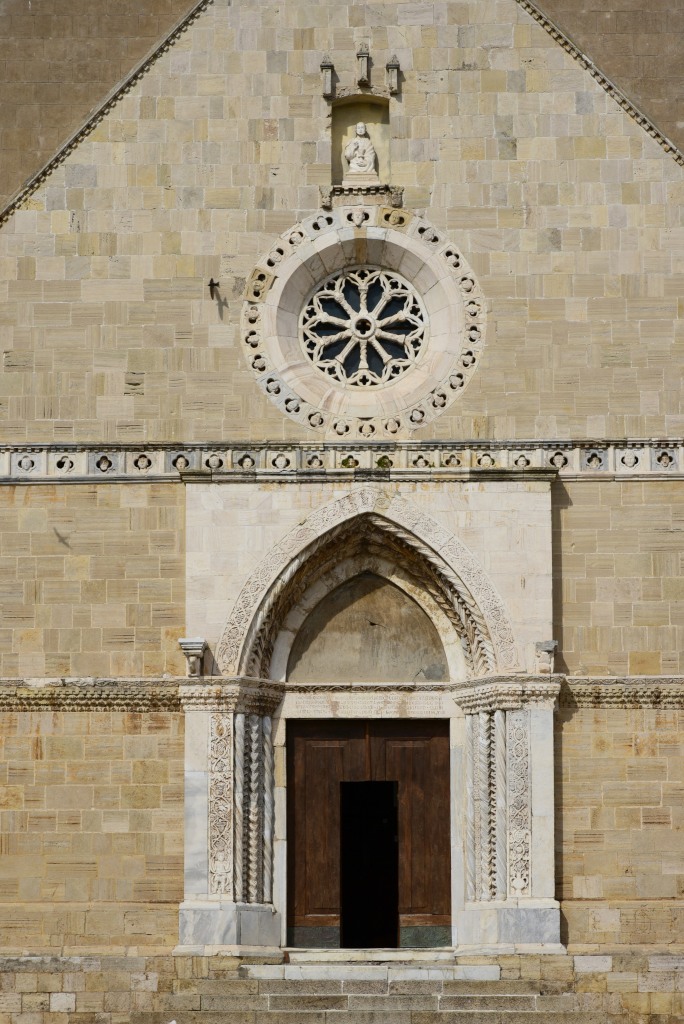June 21, 2018
I descend from the drab residential complex I am staying in behind Porto Santo Stefano to the serpentine road winding along the north coast of Monte Argentario, then continue eastwards towards Orbetello and the mainland, past the miniscule rocky beaches almost empty on this weekday morning.
Waiters clean the tables and erect the parasols in the few eating establishments sandwiched precariously between the edge of the shallow drops towards the waves lapping at the rocky shore and the adjacent road with its hurried traffic. Alluring views of the coastline unfold around every corner and with every rise and fall. Closer towards Orbetello, the shoreline opens up to housing settlements and campgrounds, and then onwards the last distance towards Porto Ercole.
Contrasting with the dramatic entry yesterday into the upper reaches and fort from the rugged south of the peninsula, the entry today into Porto Ercole from the direction of Porto Santo Stefano is far more mundane, the road weaving through meager residential development to the narrow strip of beach and somewhat abandoned-looking eateries lining the roadway alongside, the lot burdened by overcast skies.
The cove is riddled with sailing boats, their masts barren, with no more than a few attendants meandering along the wooden jetties towards their solitary boats. Around us, a colourful cluster of apartment buildings hug the littoral, the only open space on the open water, well past the opening of the modest bay.
Further up through the redolent alleys and staircases of Porto Ercole lies the stone fortress, its massive walls clutched over its evanescent possessions, leaving the visitor to fastidiously pluck ripening fruit from the resilient caper bushes gripping onto the surrounding rocky escarpment, around us the frothy wakes of the sailing vessels plying their even course across the blue Tyrrhenian Sea, merging into the azure sky beyond.
One of the three small towns located along the northern coast of Monte Argentario, Orbetello is quite different in its look and feel than its neighbors. While Porto Santo Stefano and Porto Ercole surge upwards through a myriad of labyrinthine alleys towards their respective forts, Orbetello reclines graciously over a dammed area formed between the two lagoons separating the peninsula from the mainland.
The architecture and layout of the town reflect its Spanish origins, and reminiscent of the sun-washed towns of southern Spain. At the back of the town, long grassy promenades face the tranquil waters of the open lagoon and the blue sky above, punctuated by the occasional cloud. Further to the east, at the edge of the pastel matrix that clusters around the atmospheric squares and medieval remnants at the centre of town, the intimate, shaded retreat enshrouded in a swaying deciduous canopy running along the top of the remaining city walls.
Orbetello was inhabited by the Etruscans, then later dominated by the Roman Empire. In the Middle Ages, it became a possession of the Aldobrandeschi, Orsini, King Ladislas of Naples and Siena, until Spain acquired it in the late 16th century. The Spaniards fortified the town as the primary stronghold of the State of Presidi. Orbetello later fell under the Grand Duchy of Tuscany and, from the late 19th century, was integrated into the newly unified Kingdom of Italy.
A number of historic locales and places of interest lie outside of Orbetello’s city walls, including the Cathedral of Santa Maria Assunta, built over an Etruscan-Roman temple, and restructured in 1375 along Tuscan-Gothic lines. Other historical structures include the church St. Francesco of Paola and Madonna delle Grazie, the Palazzo del Podestà and the Guzmán Powder magazine, clearly characterized by their Spanish origins.
On the hills behind Orbetello lie the ruins of the ancient Benedictine monastery of Sant’Angelo Rovinato, dating back to the 12th century, as well as the Forte delle Saline, a defensive architectural complex built in the second half of the 15th century. Orbetello is joined to the Argentario promontory by two long, golden sand dunes, known as the Tomboli della Feniglia e della Giannella, offering kilometres of enchanting and unspoilt beaches. A forest preserve of stone, umbrella and parasol pine trees run the length of the beach.
(Narrative excerpted from www.travelingintuscany.com)

